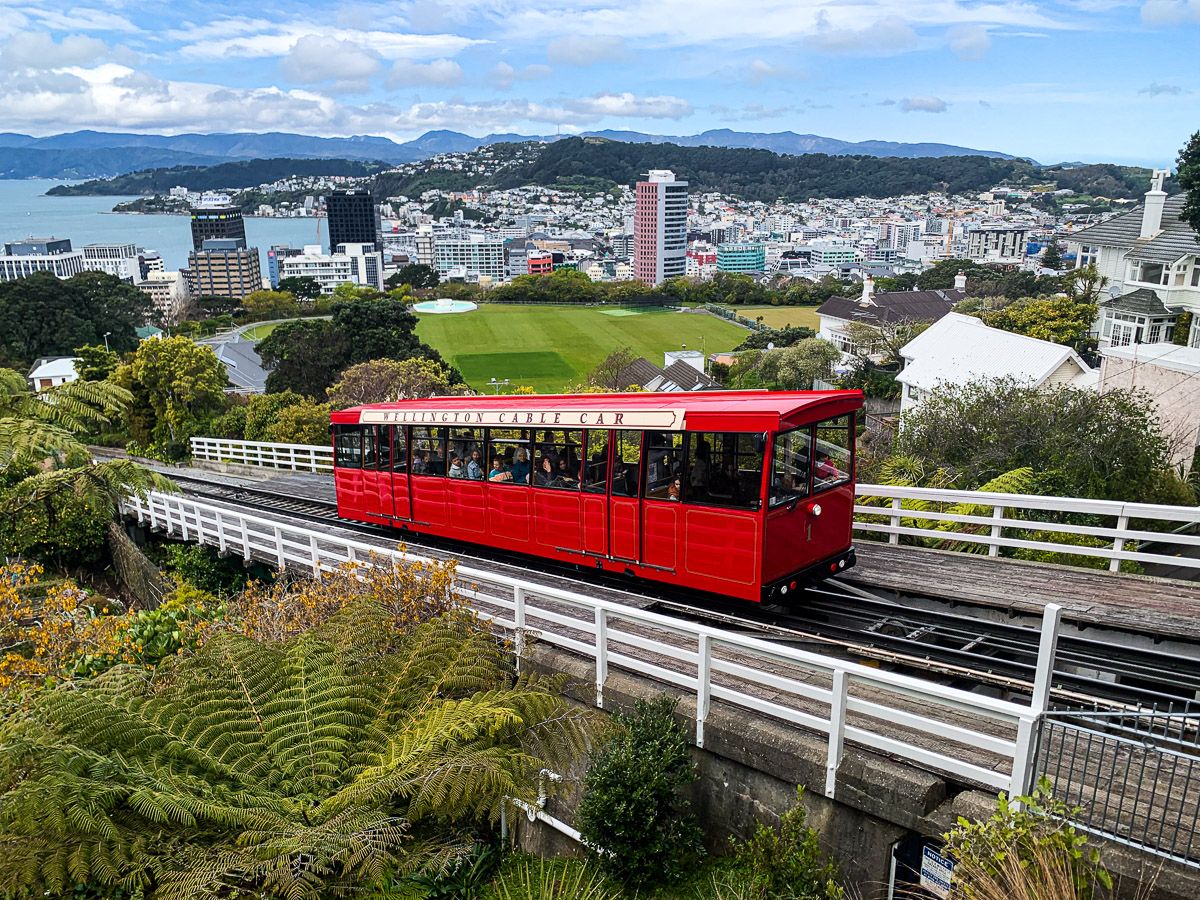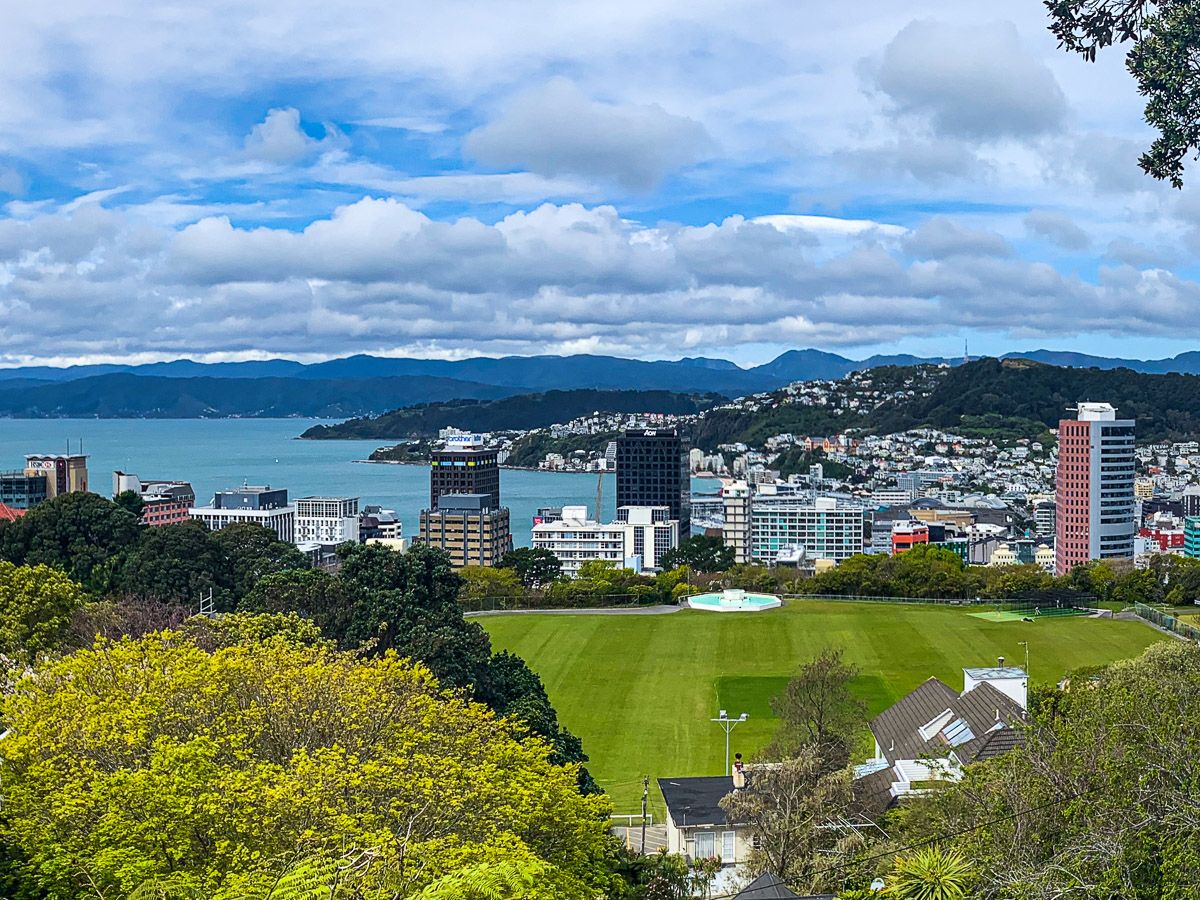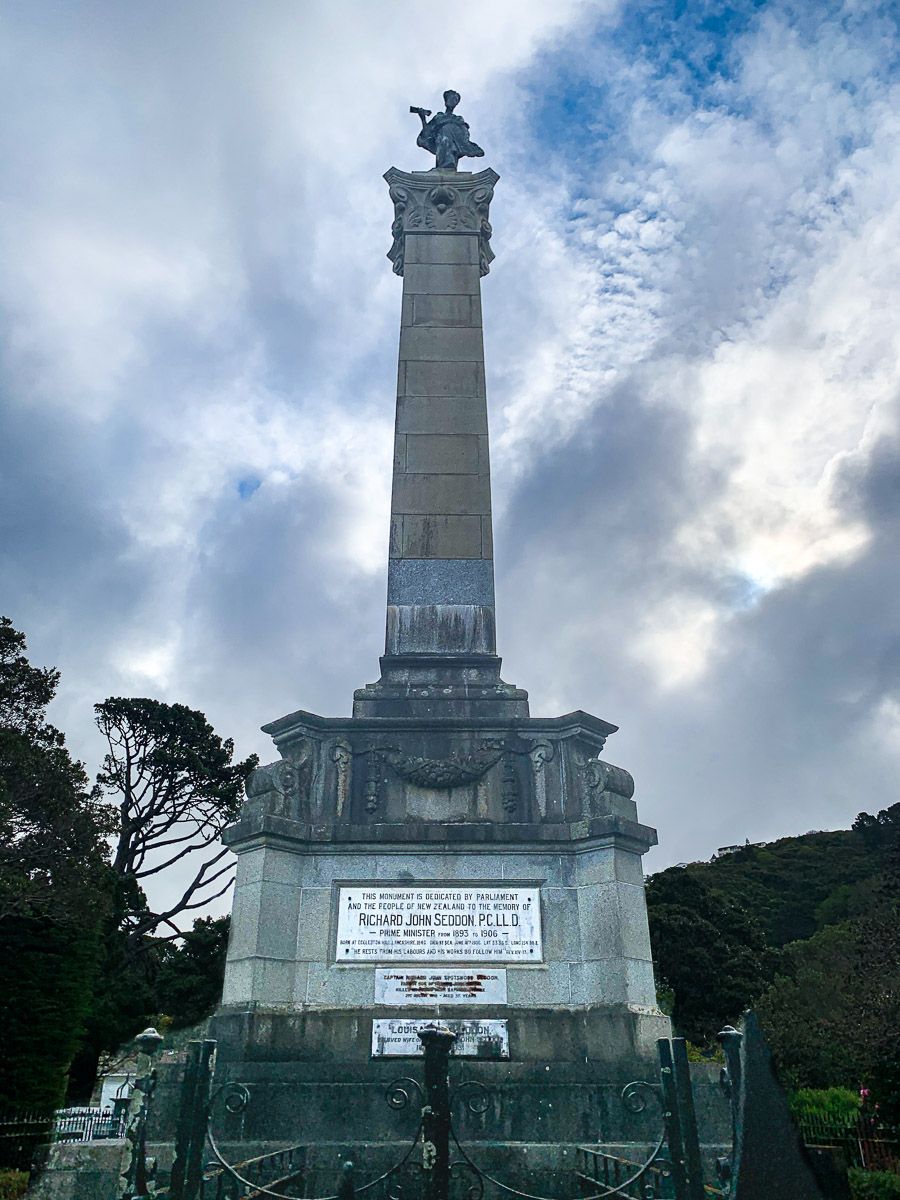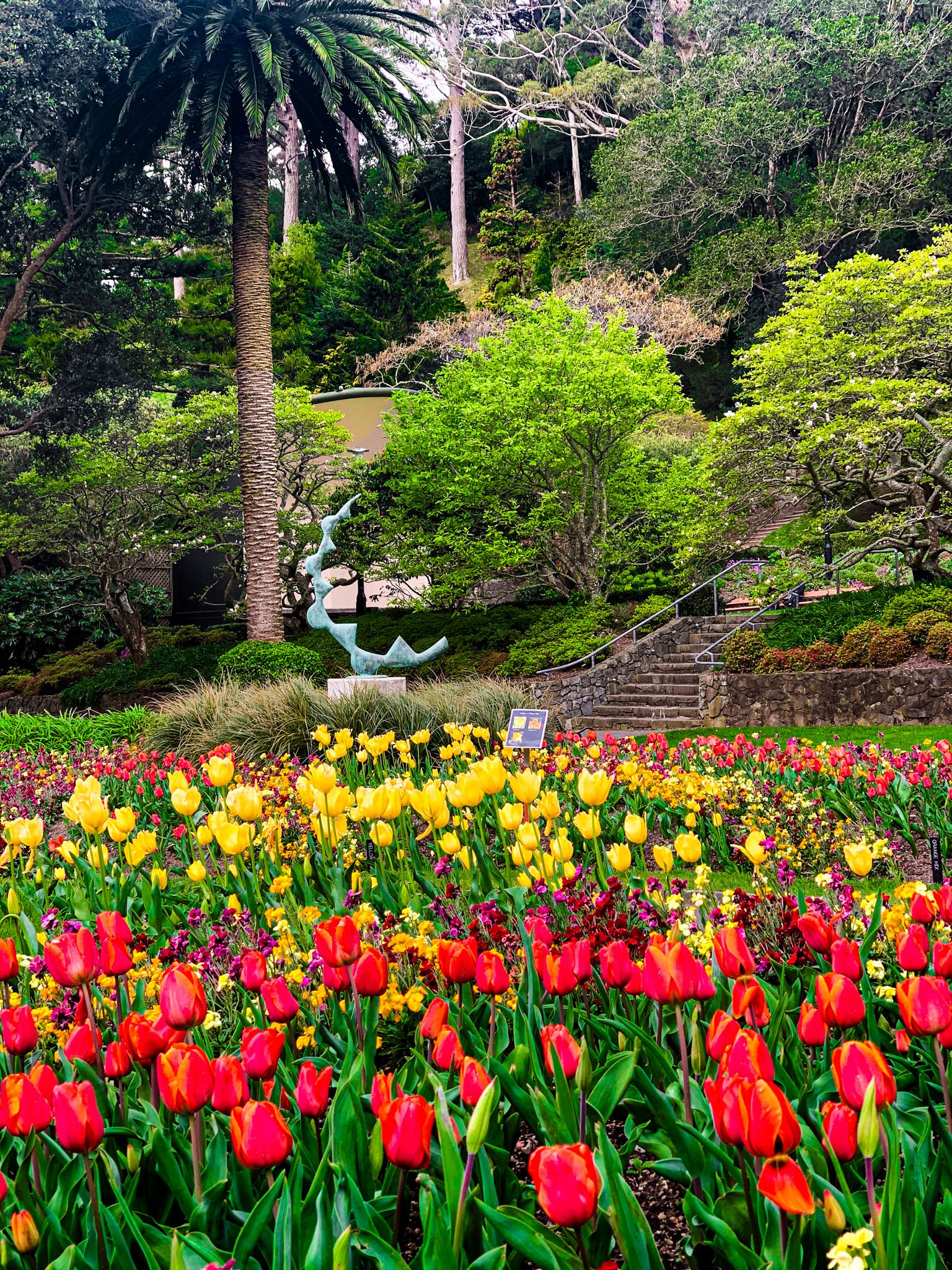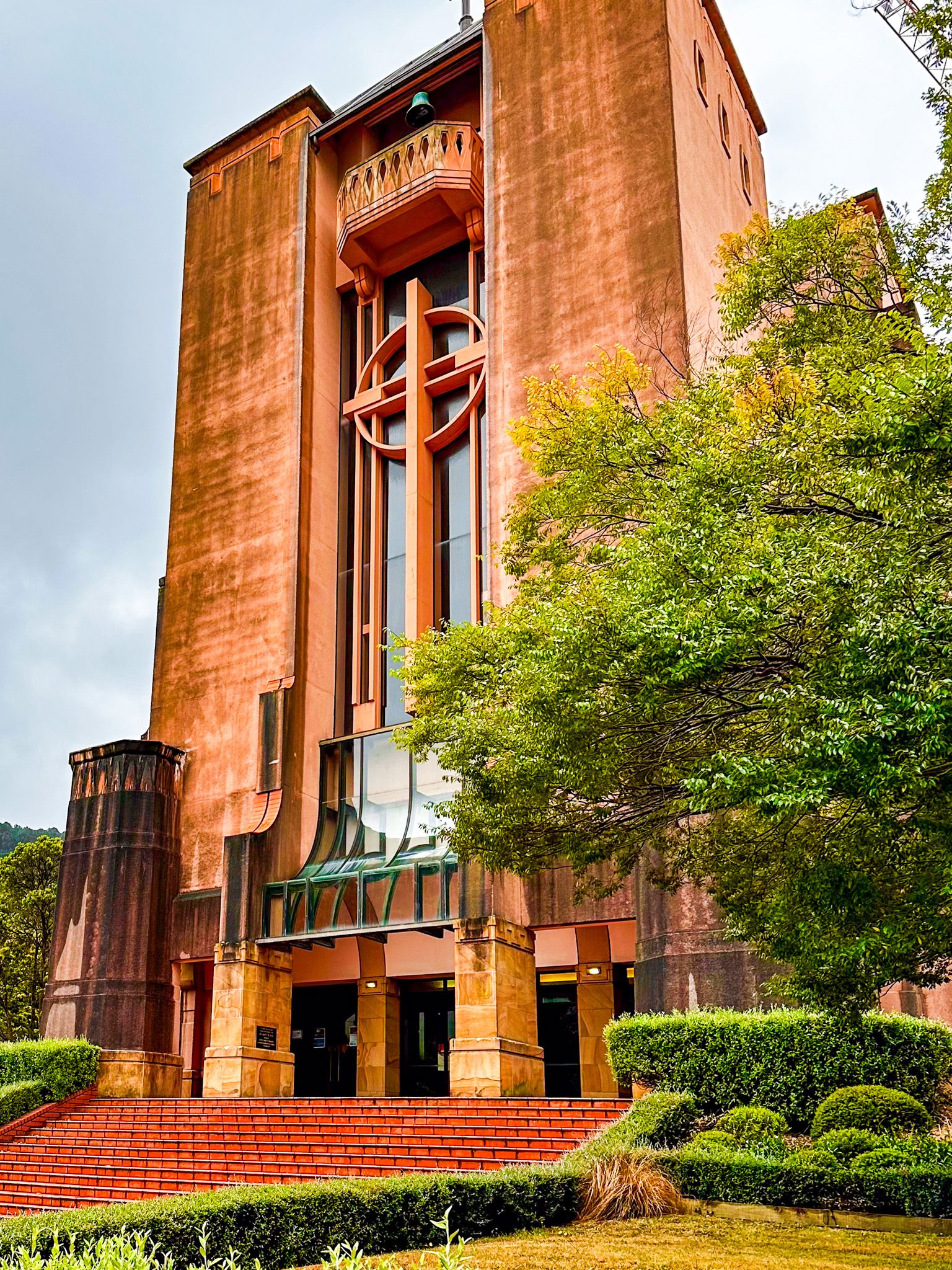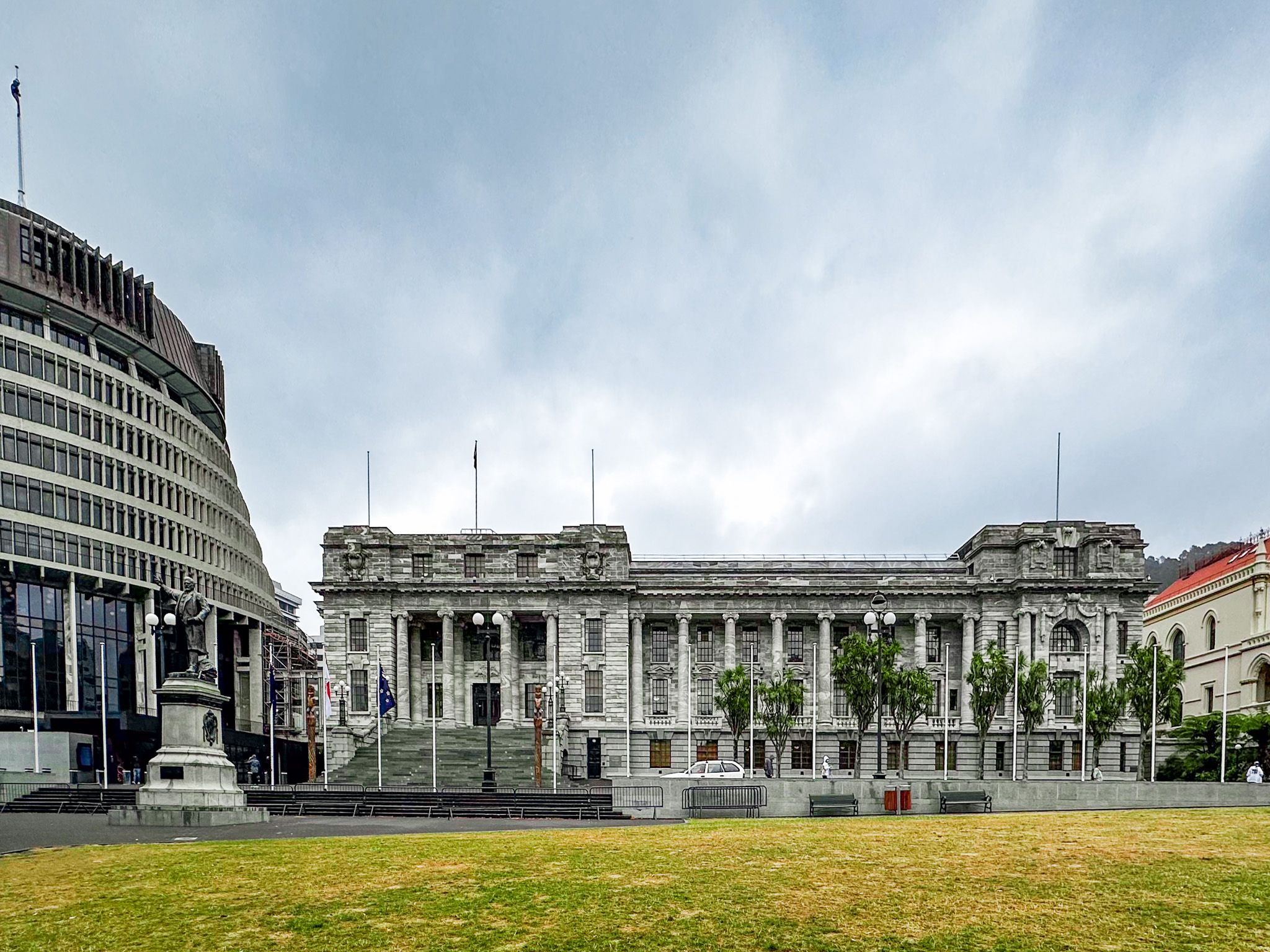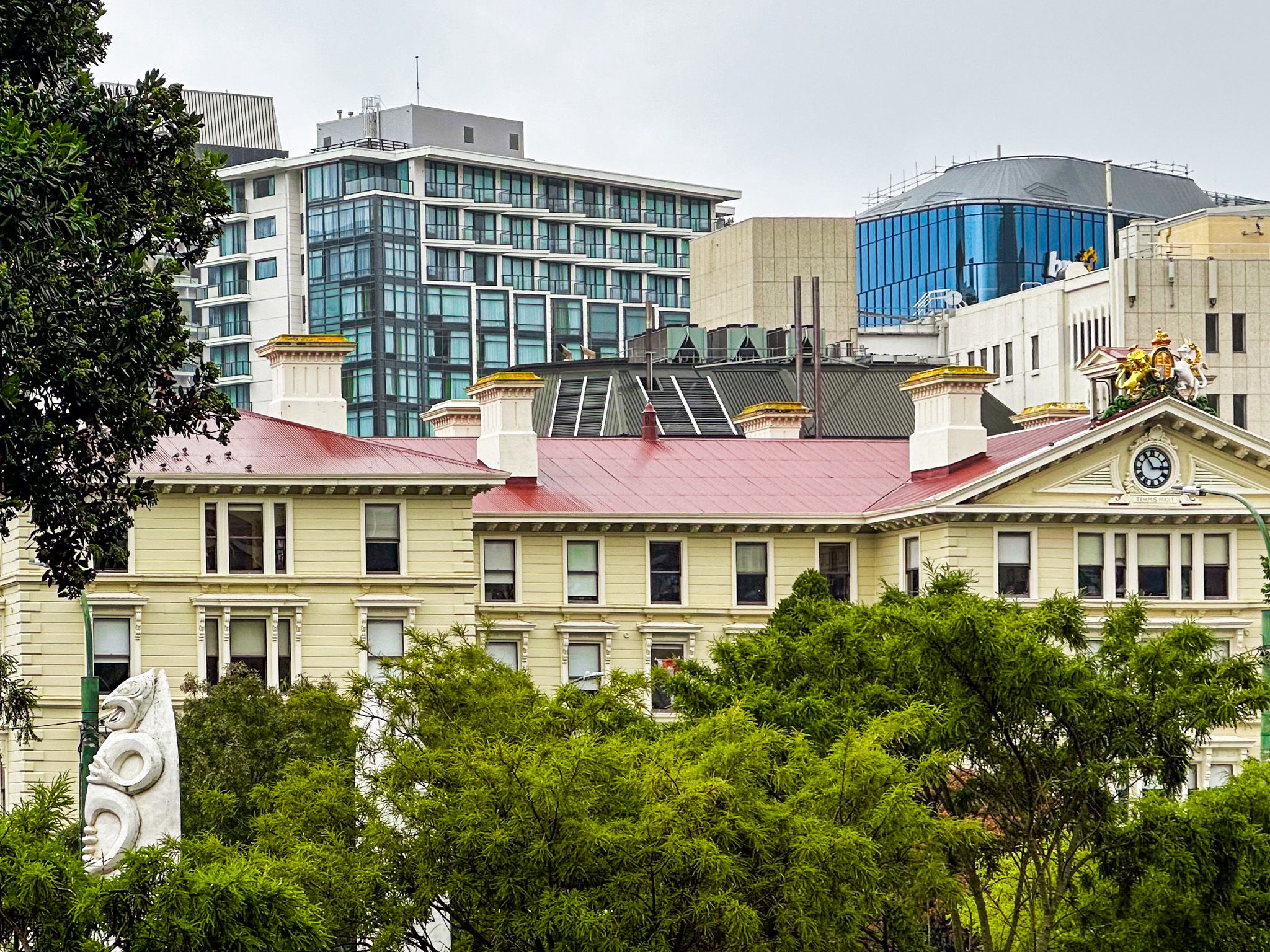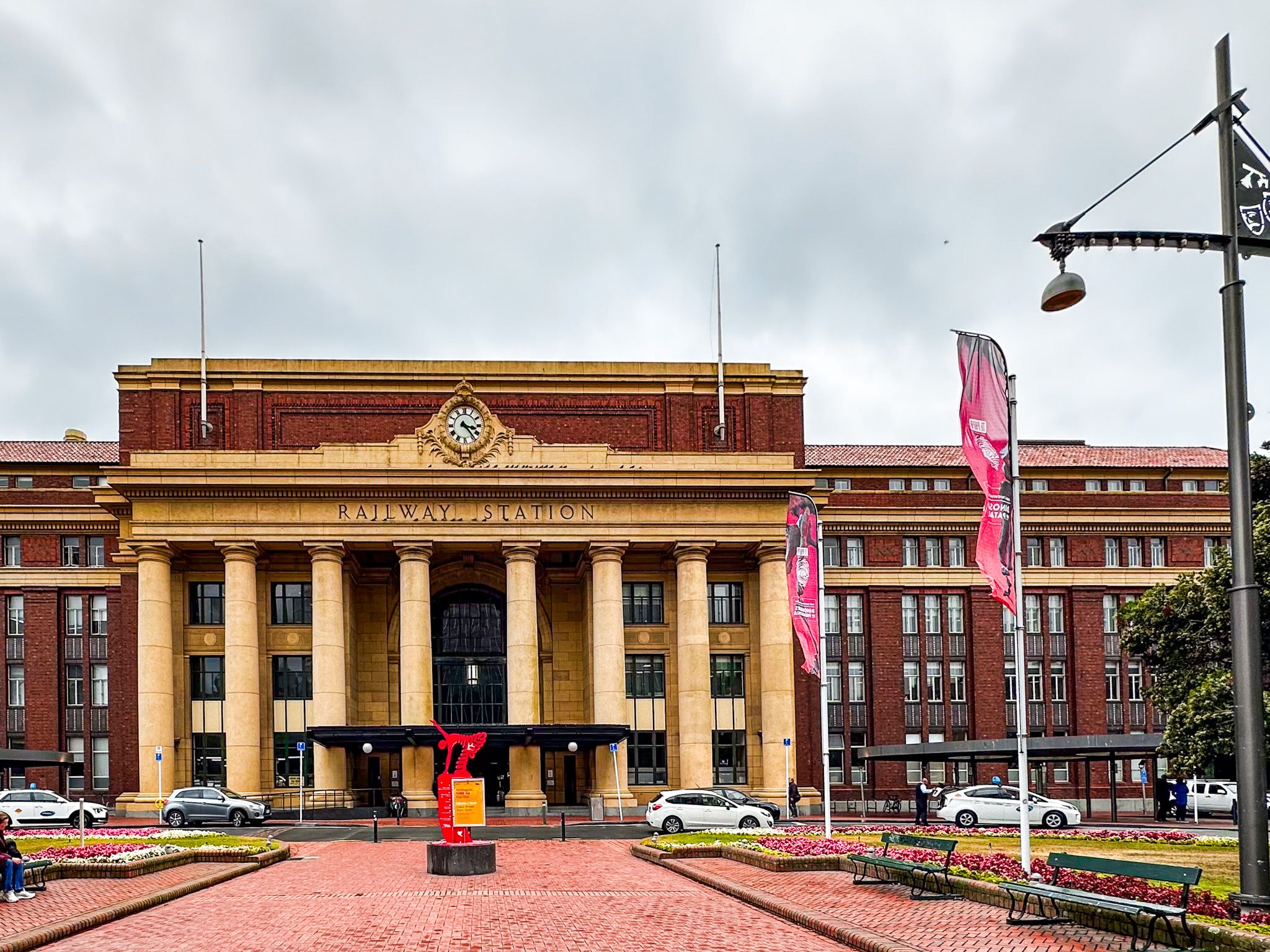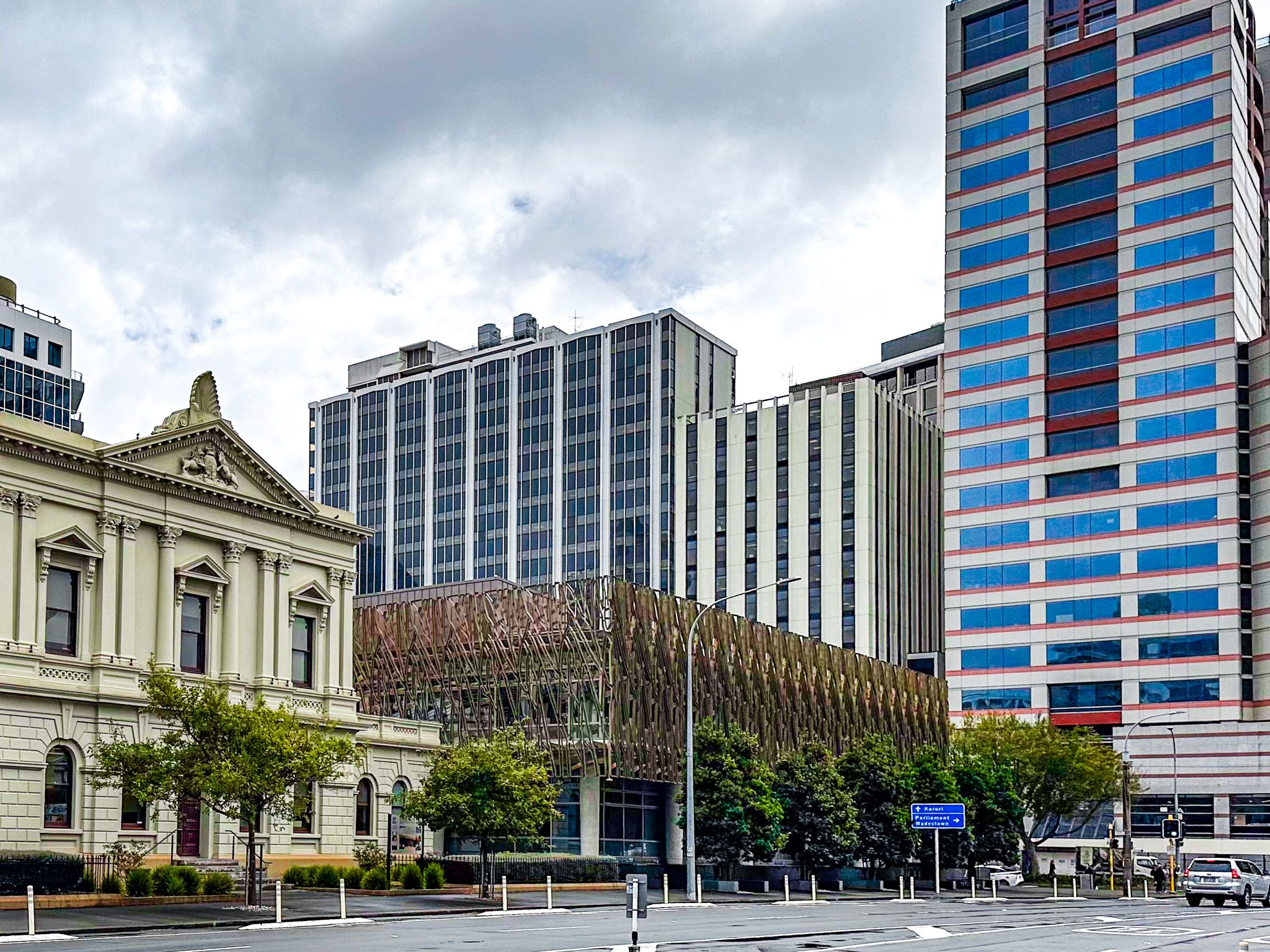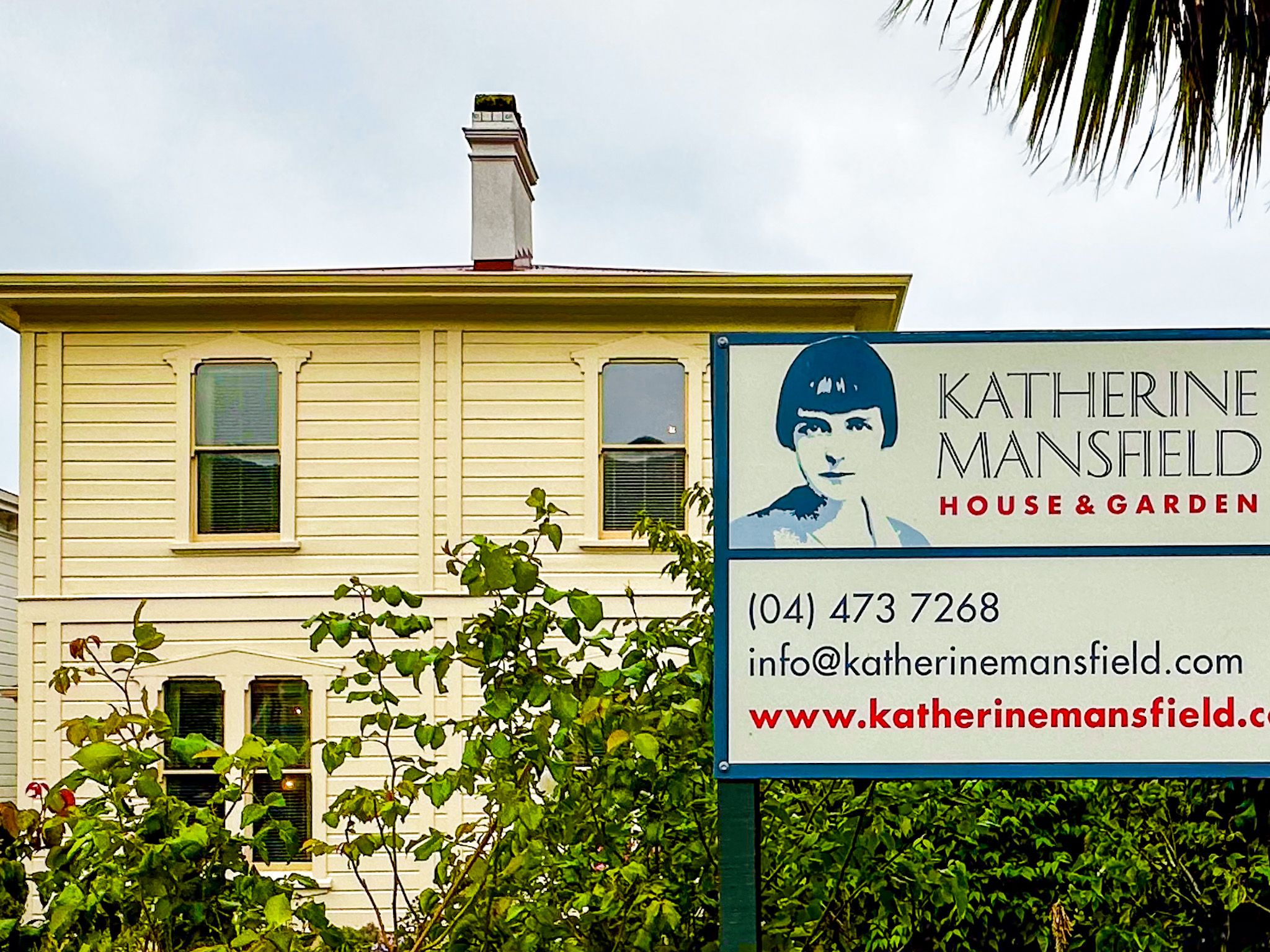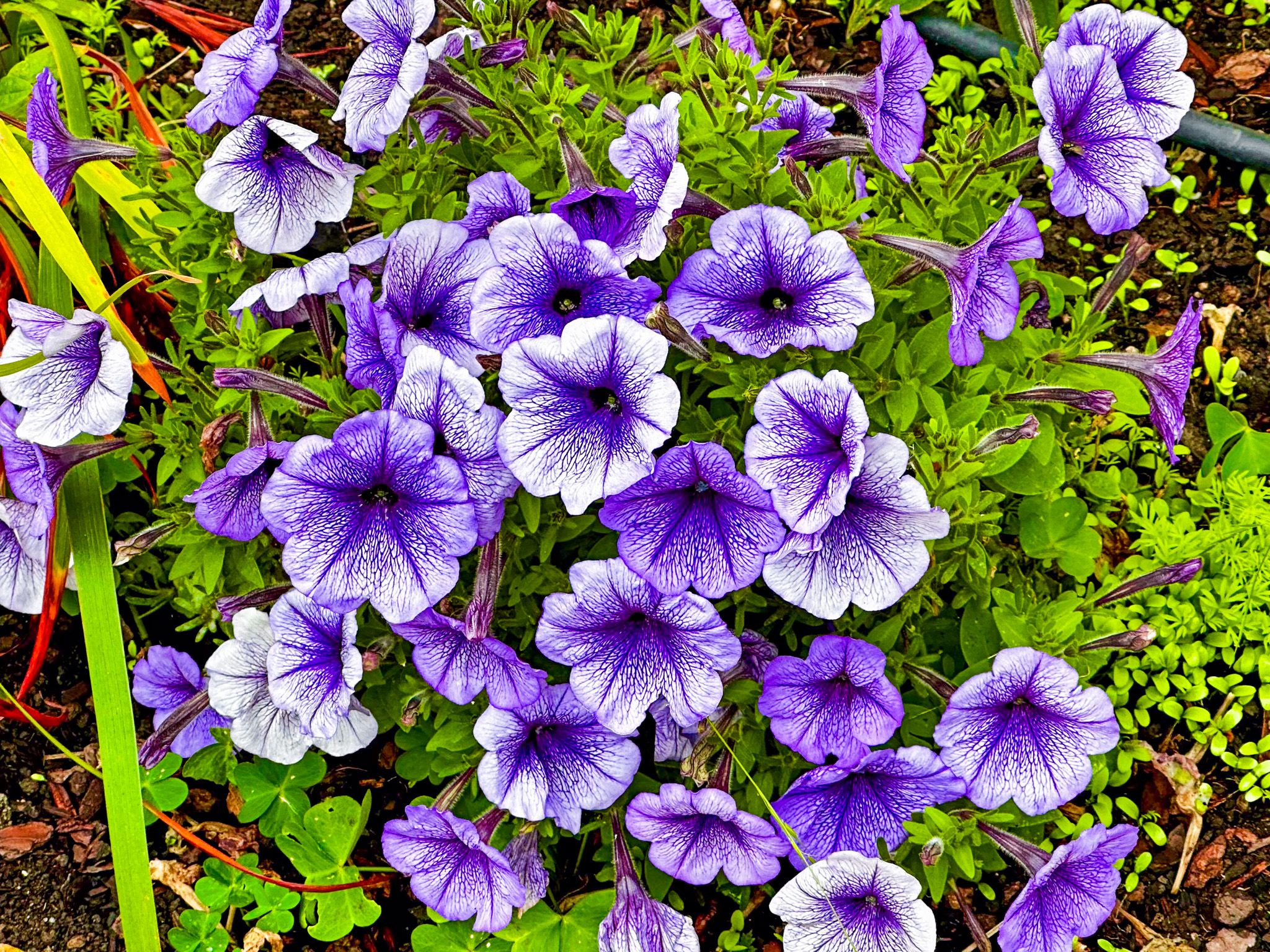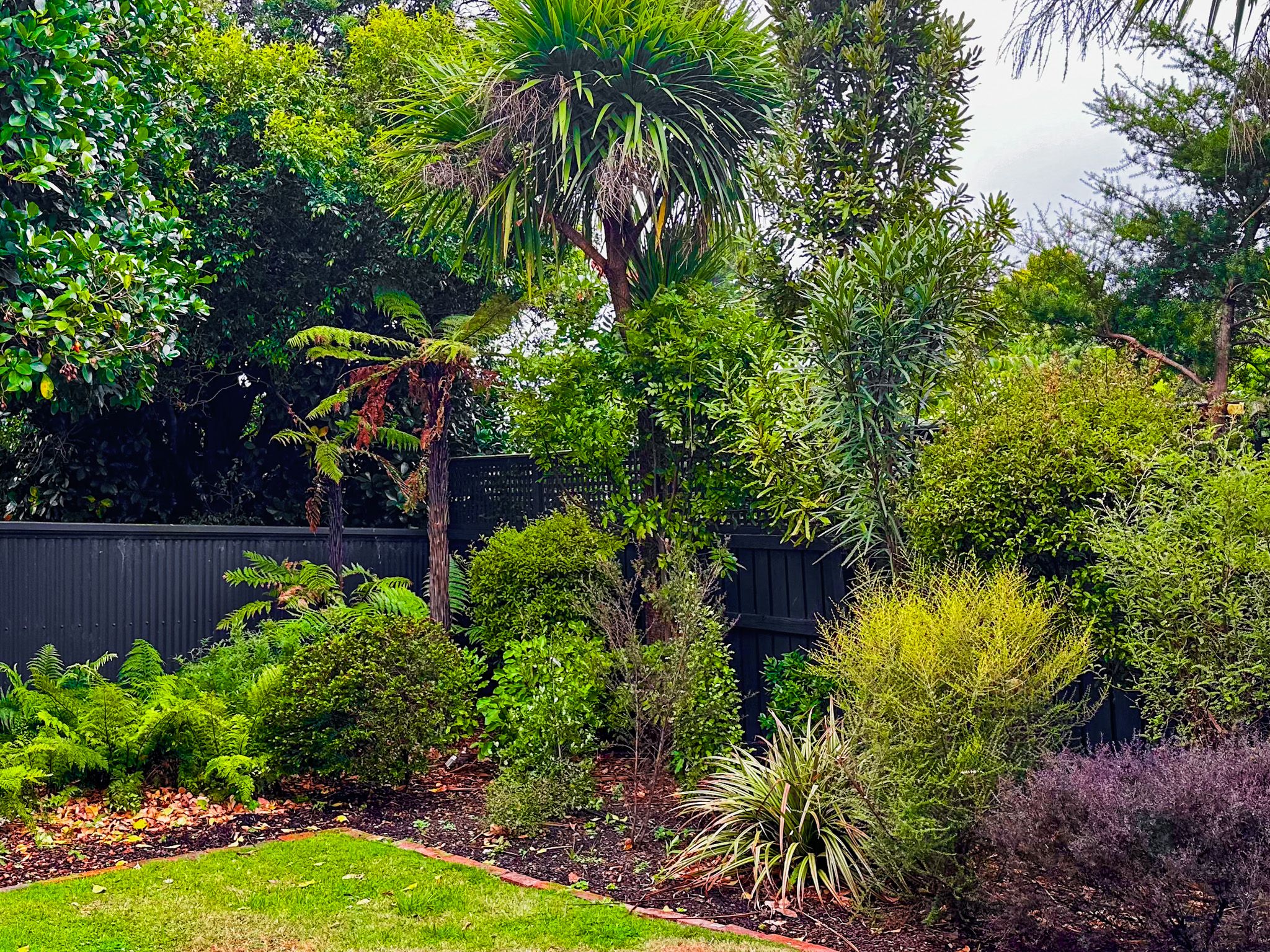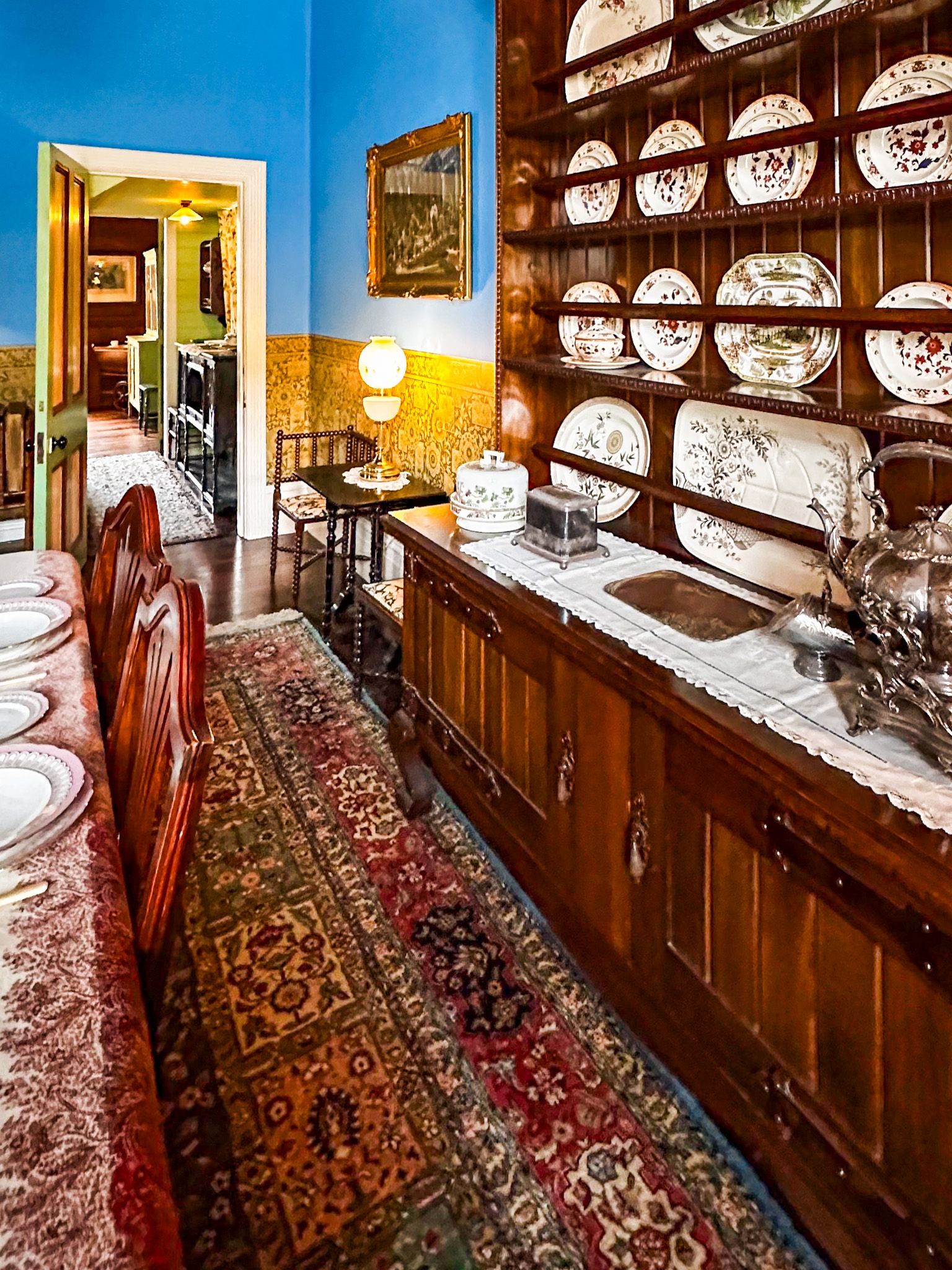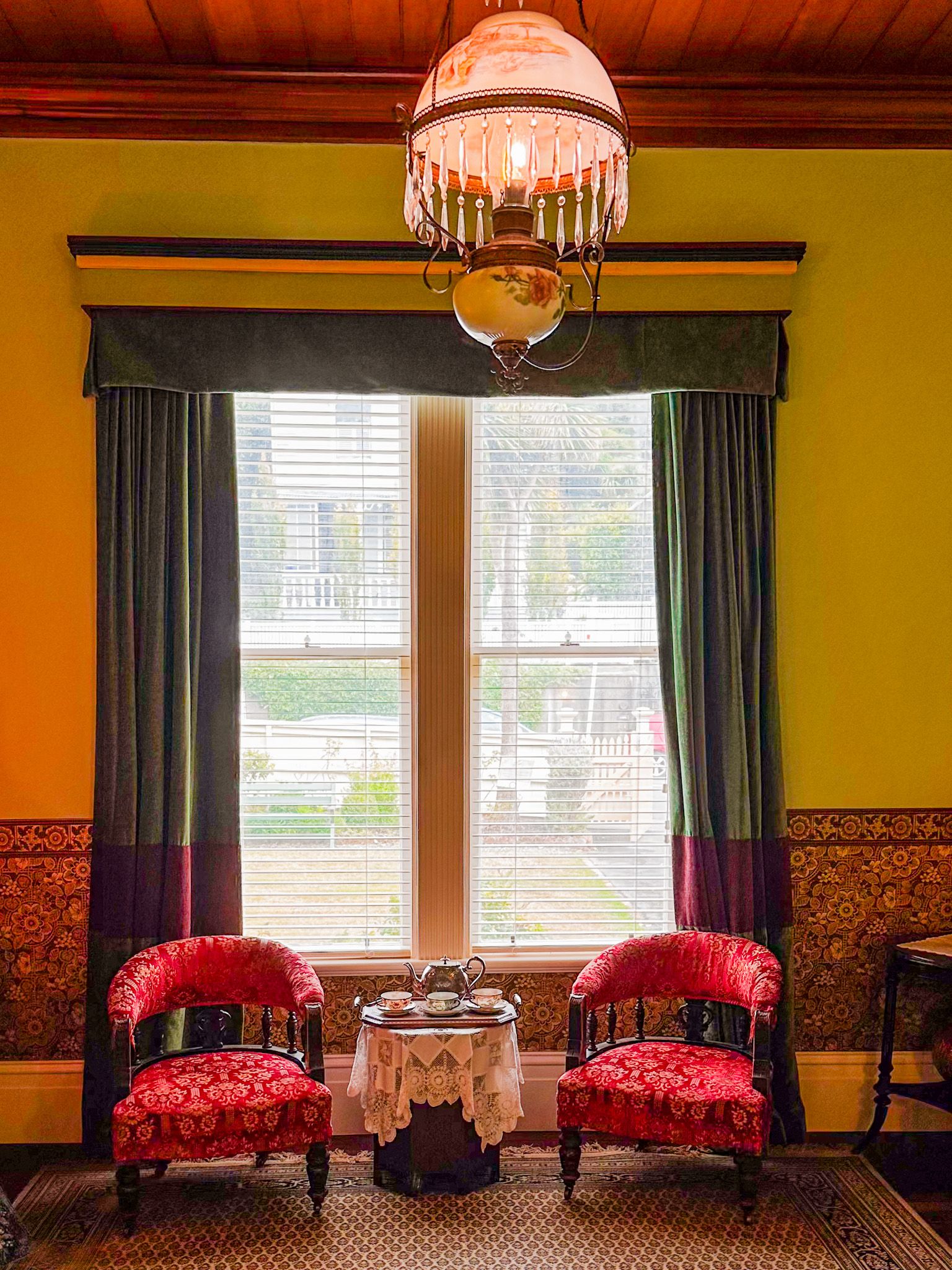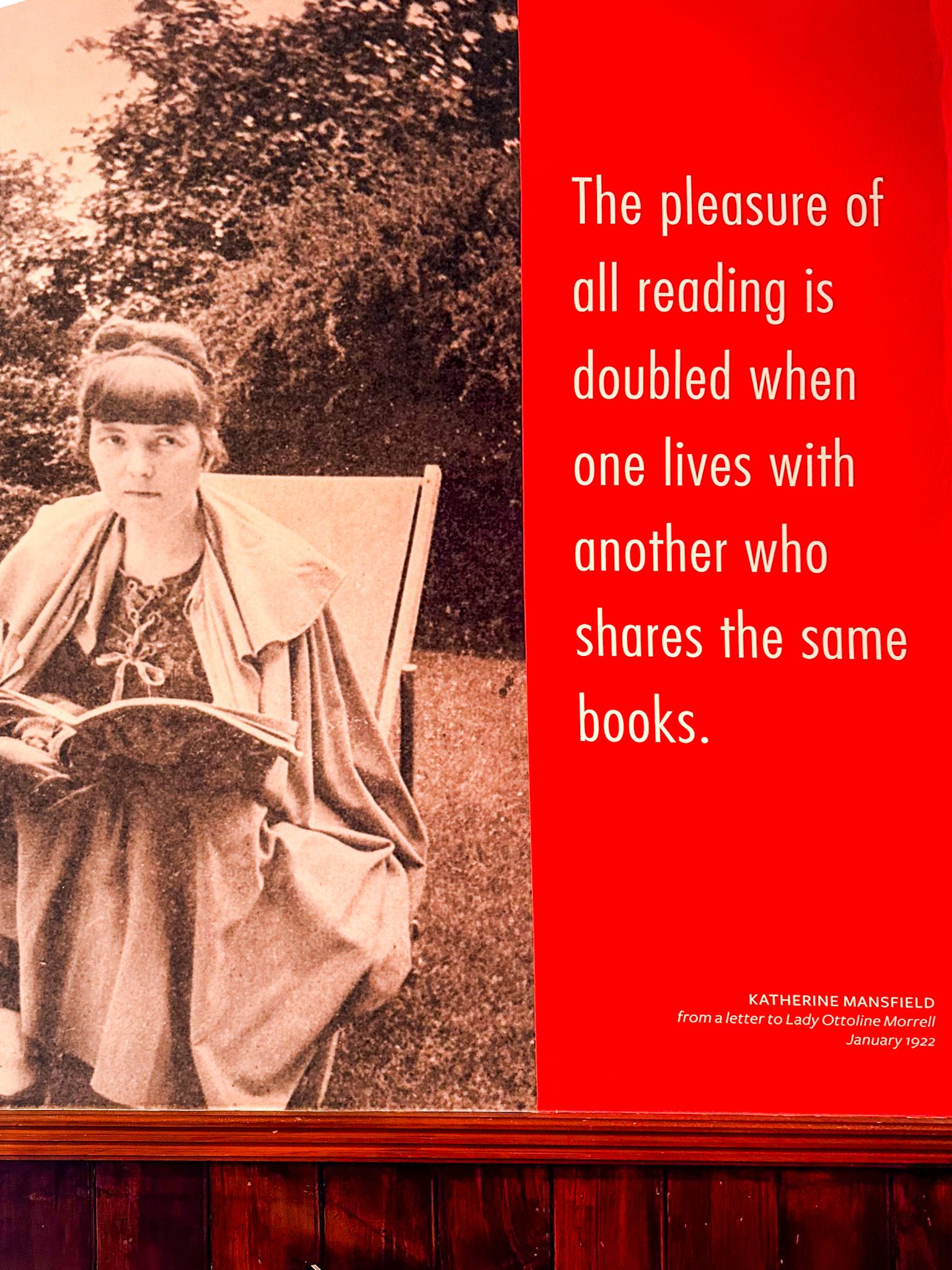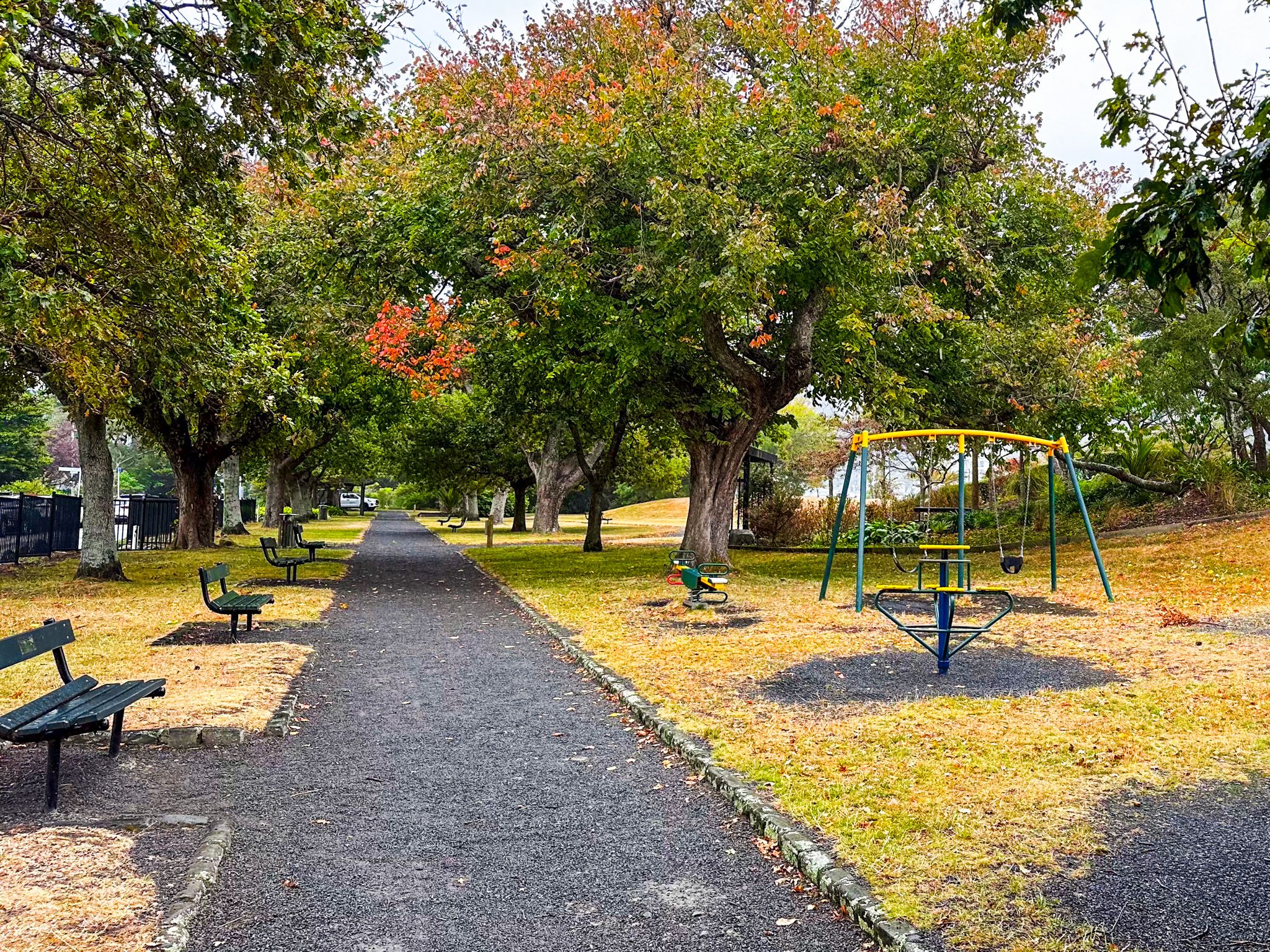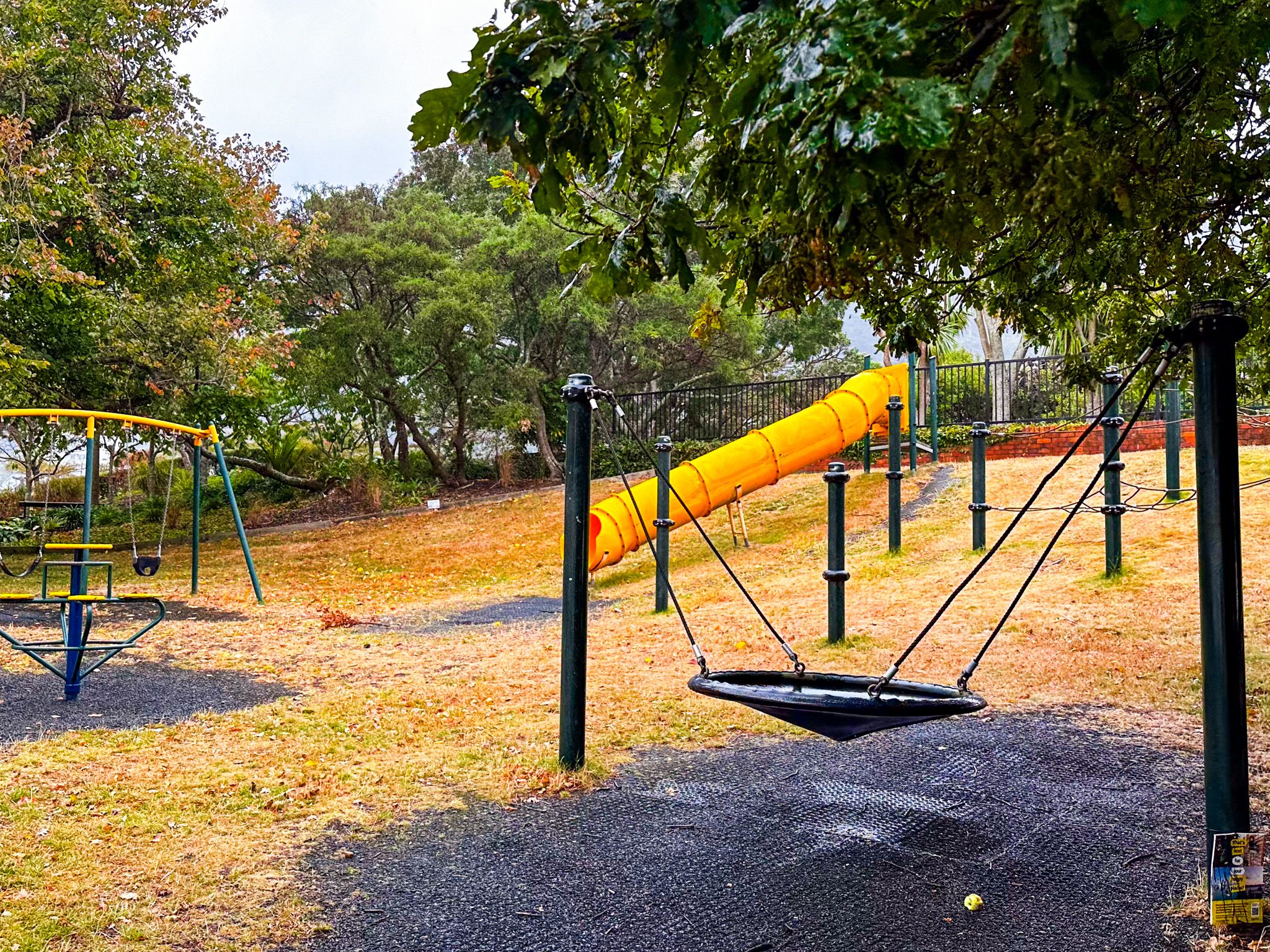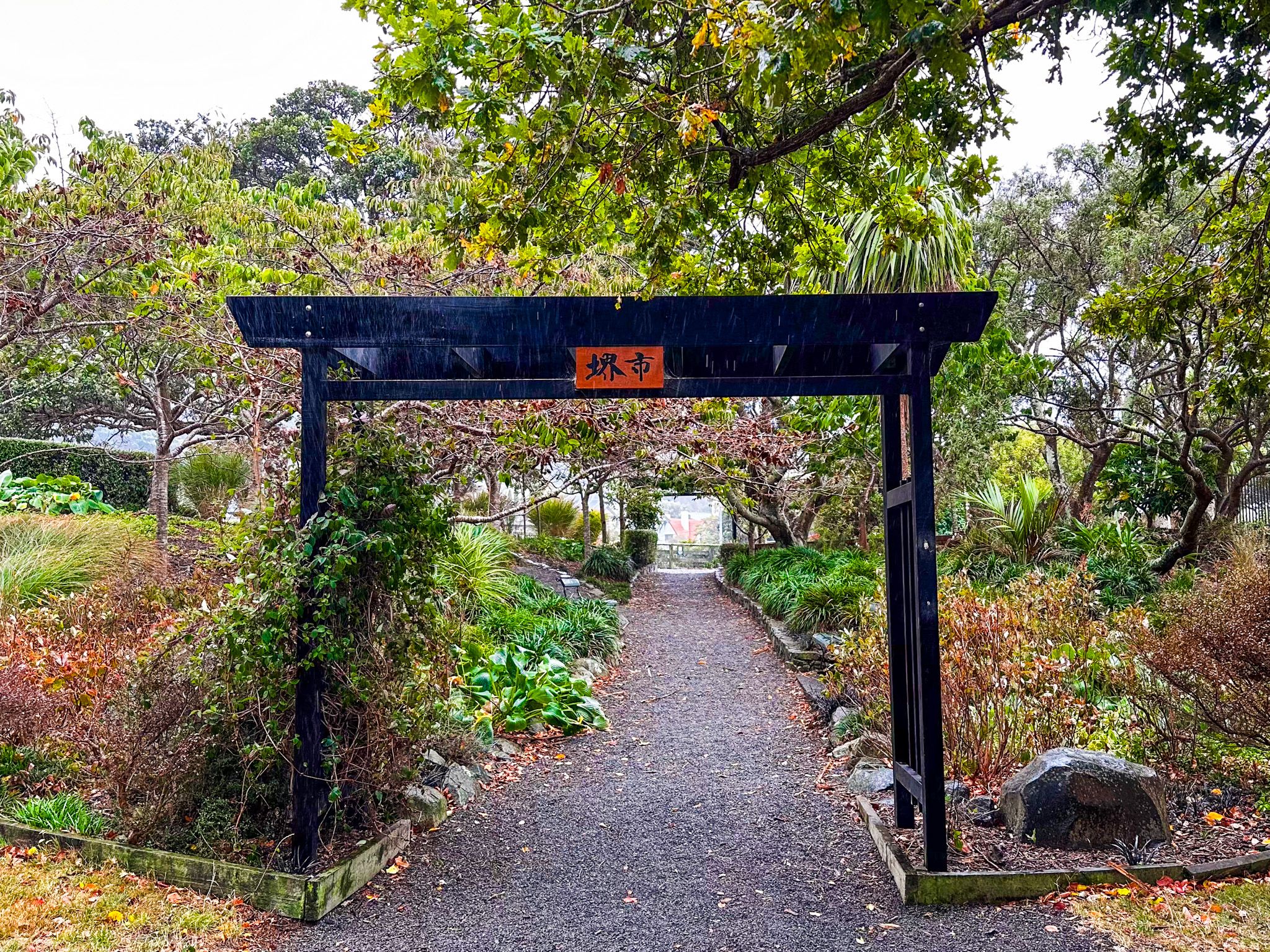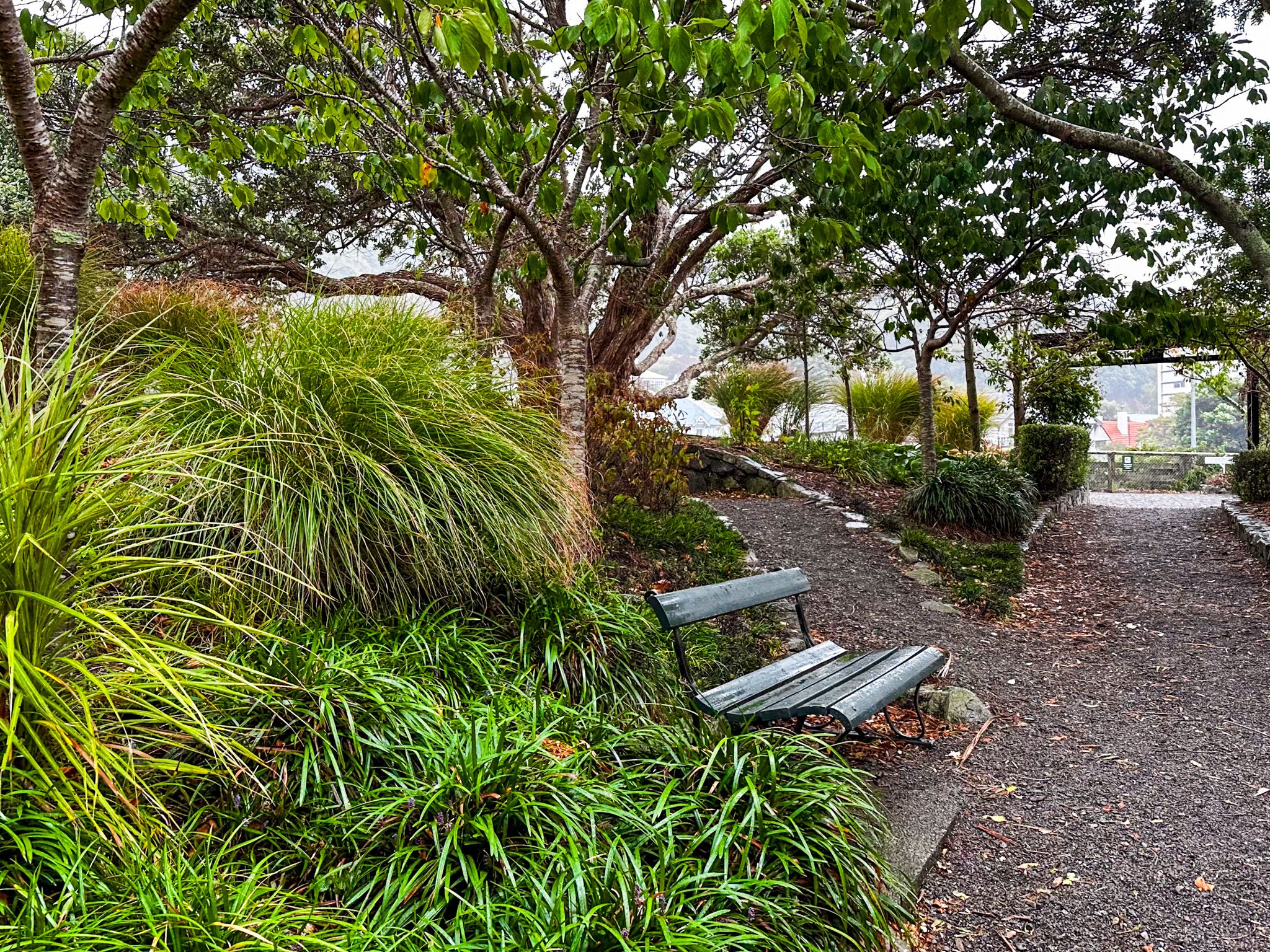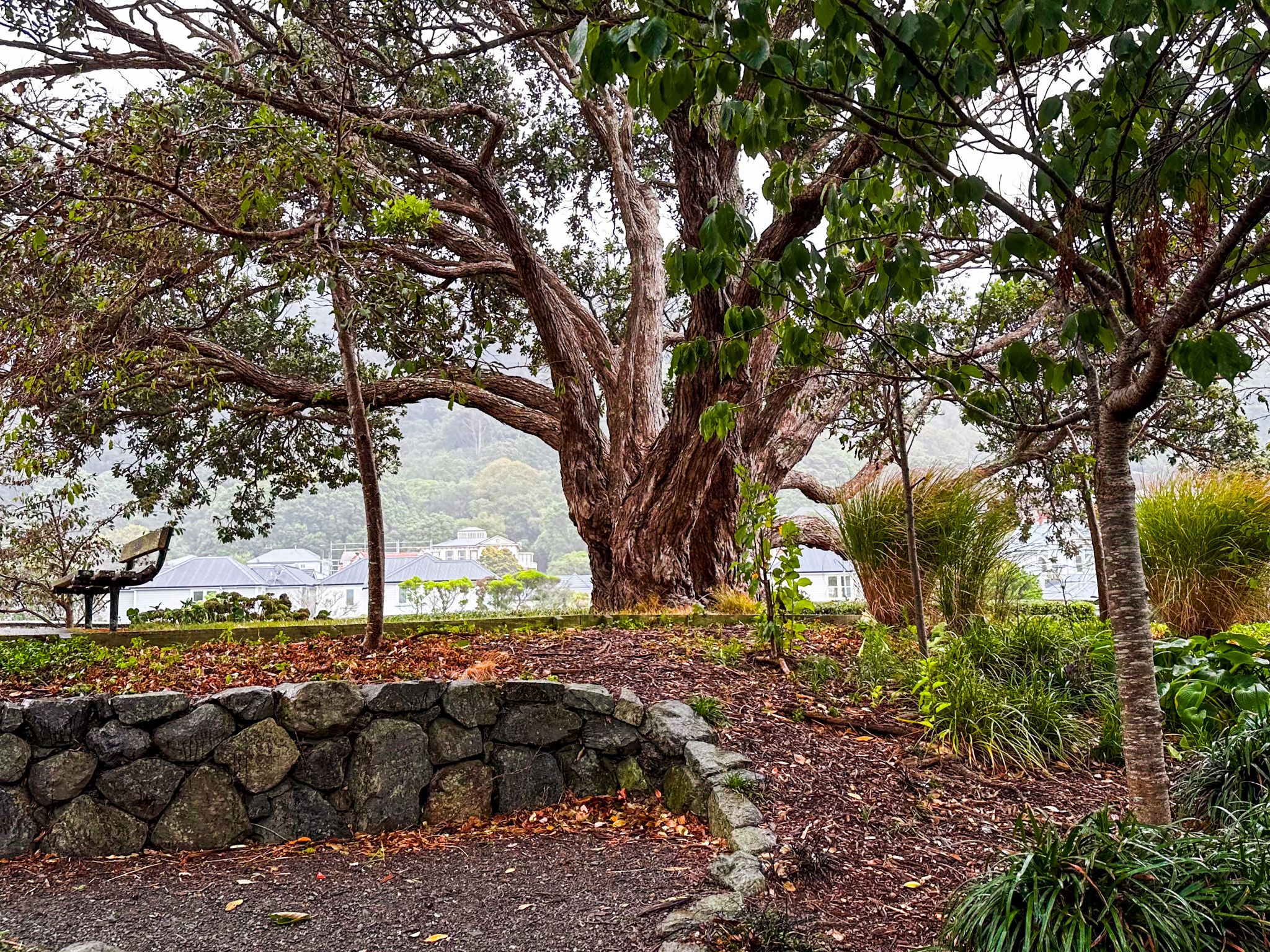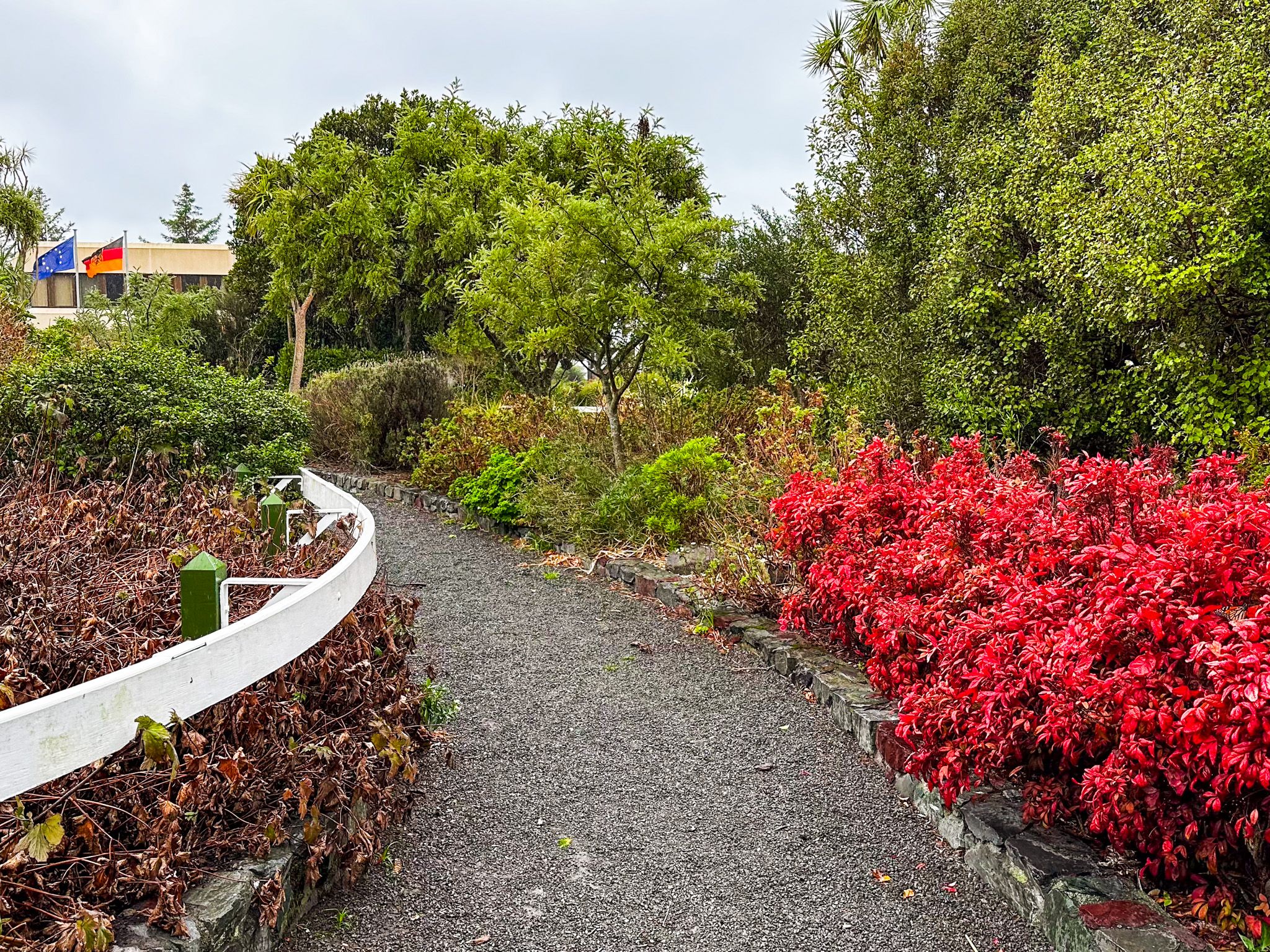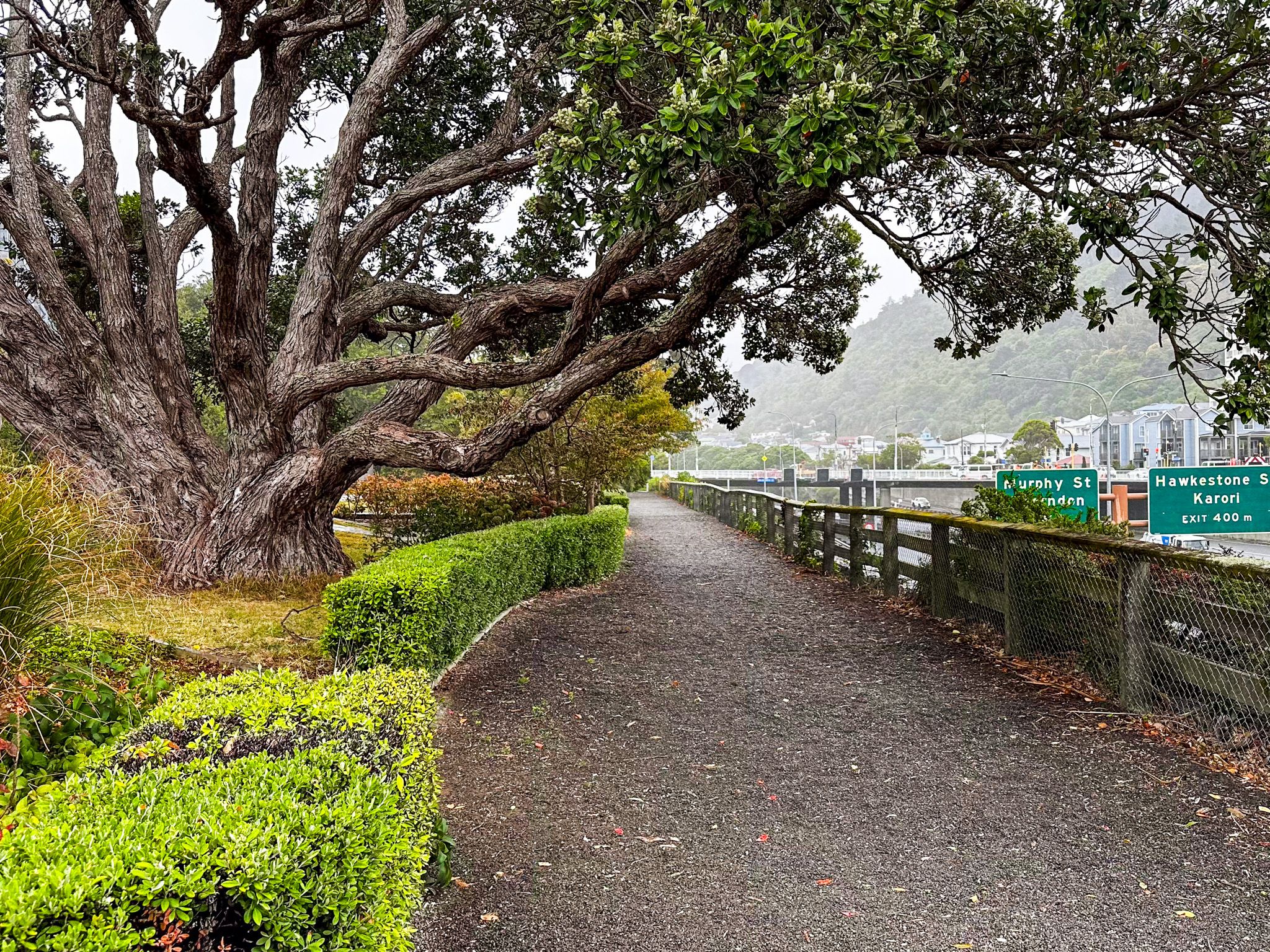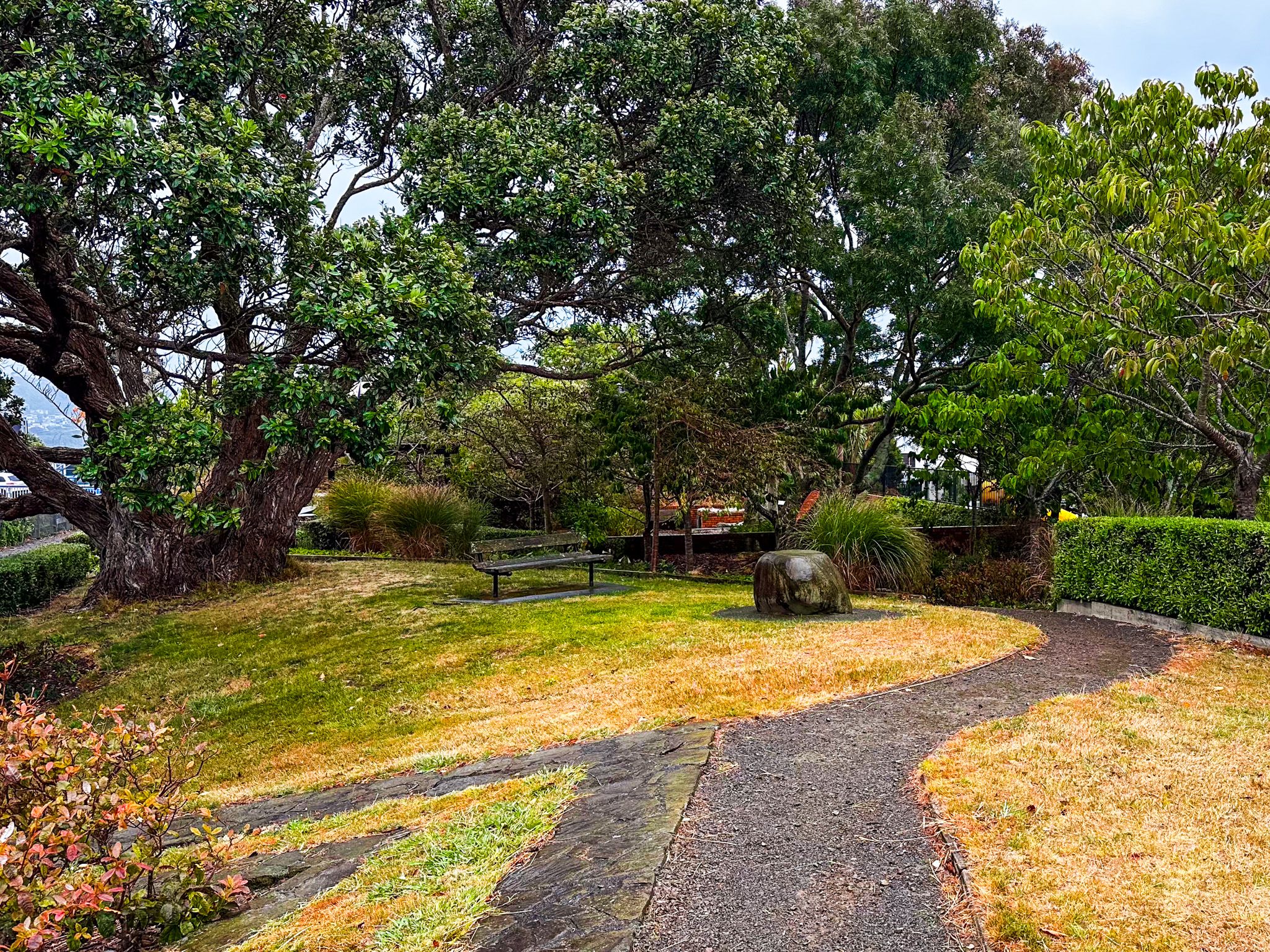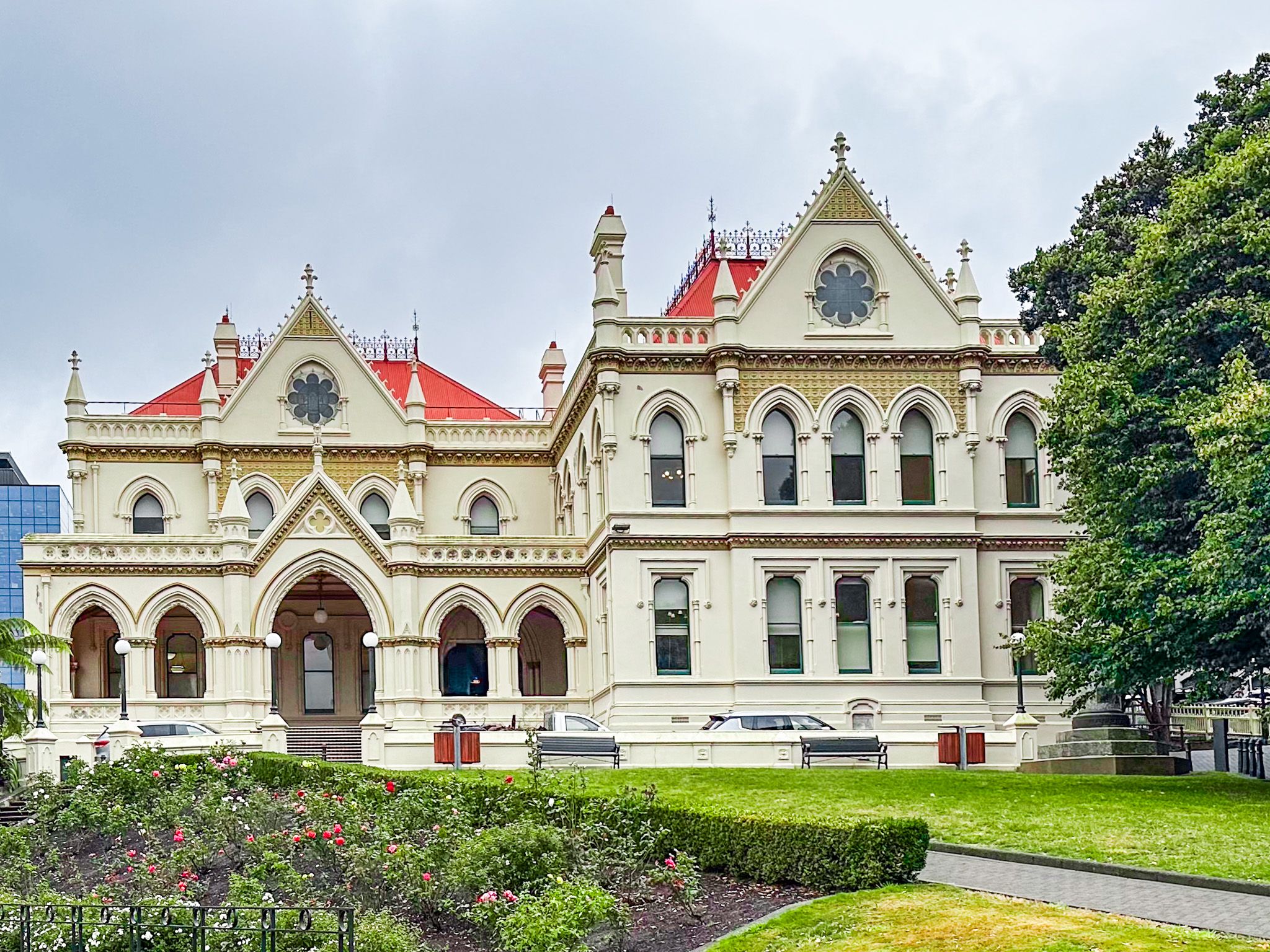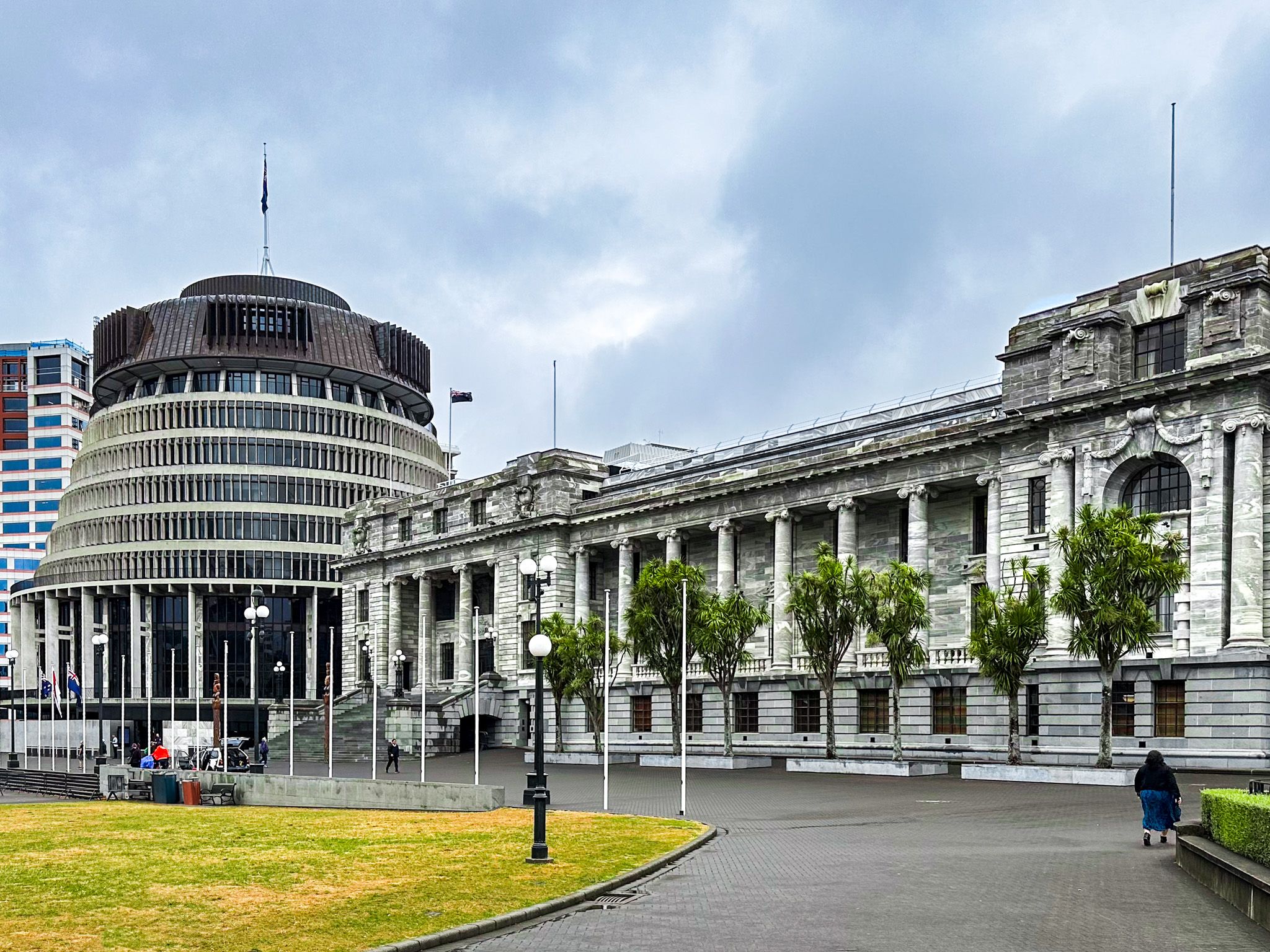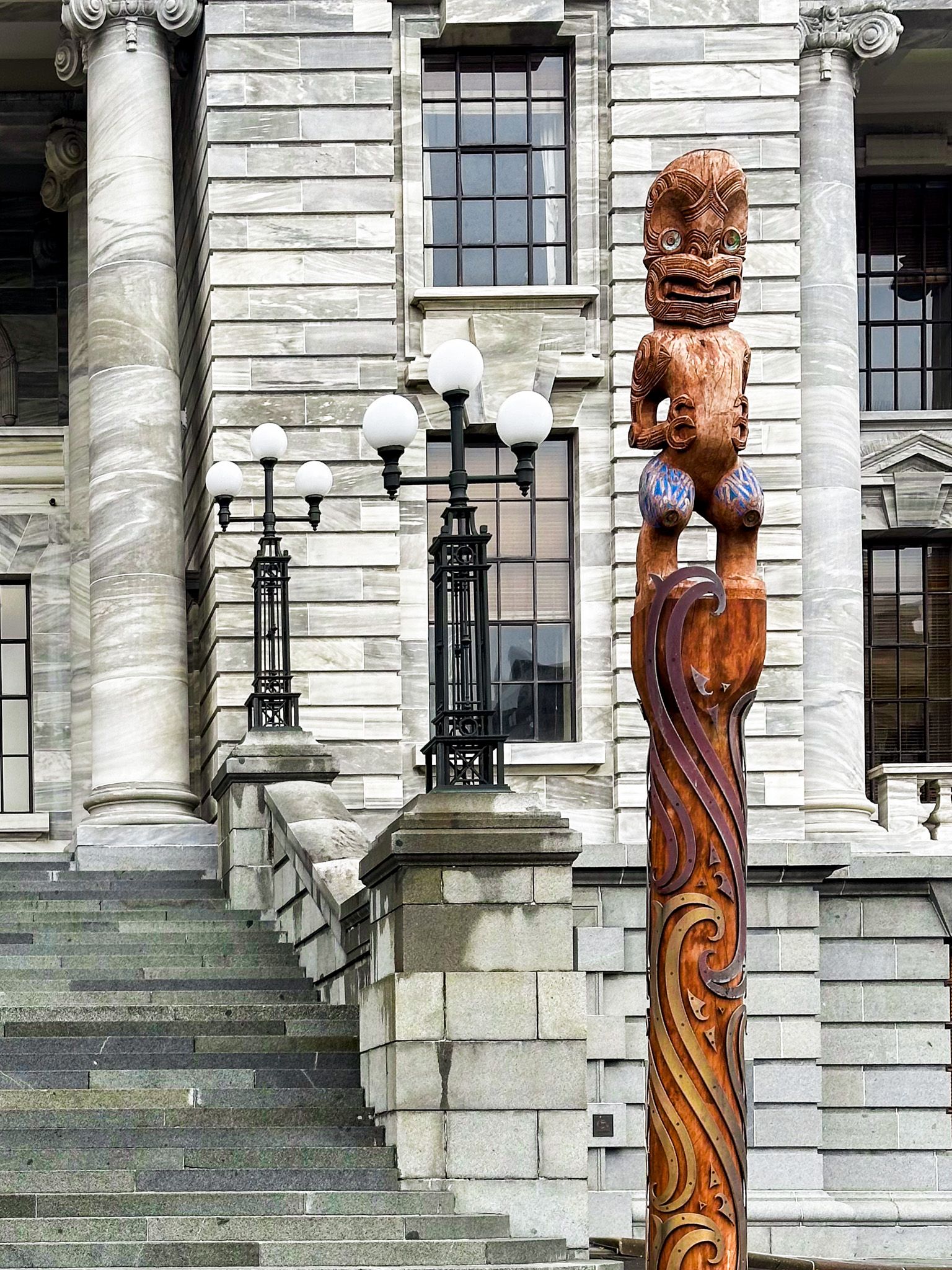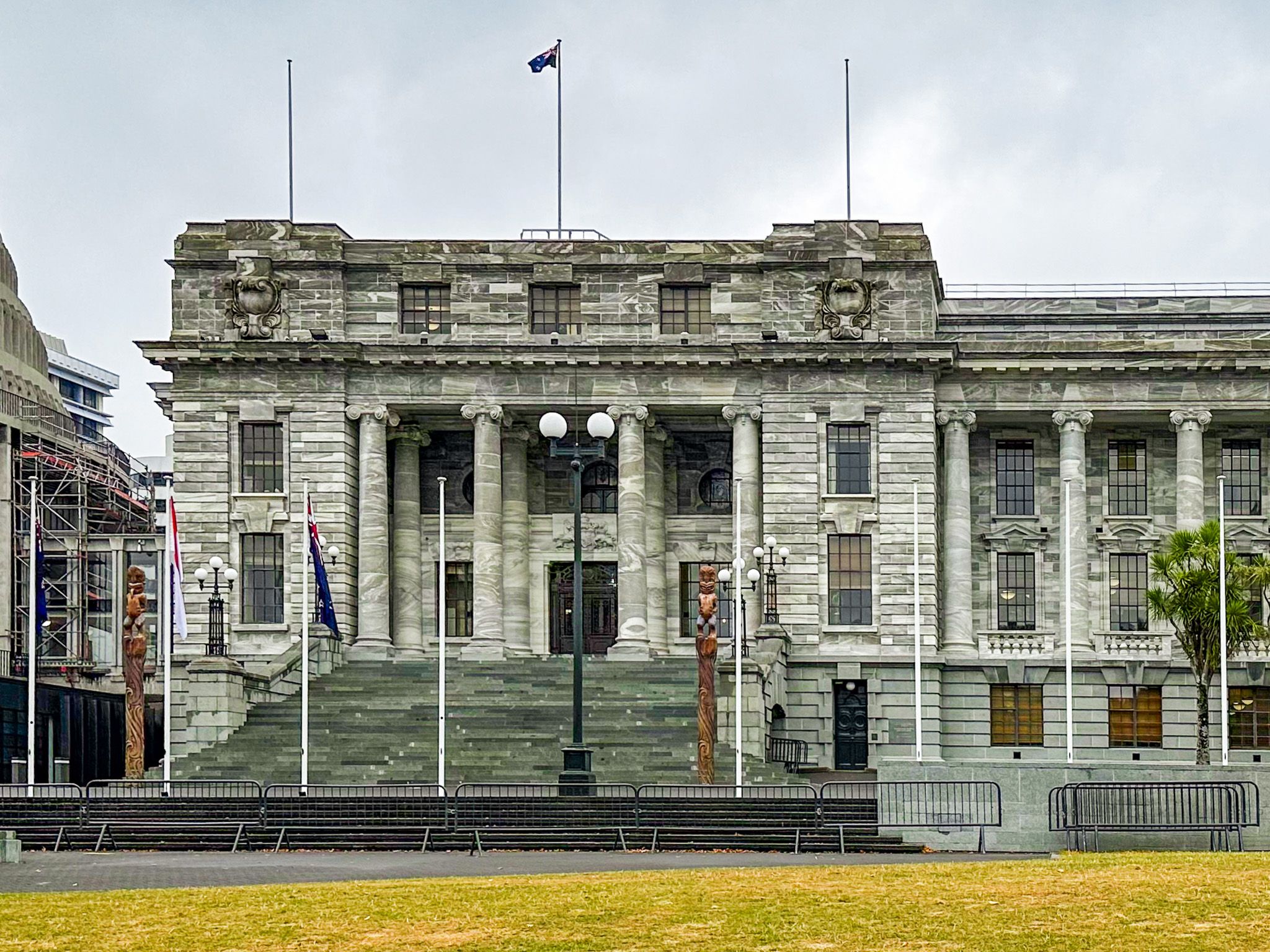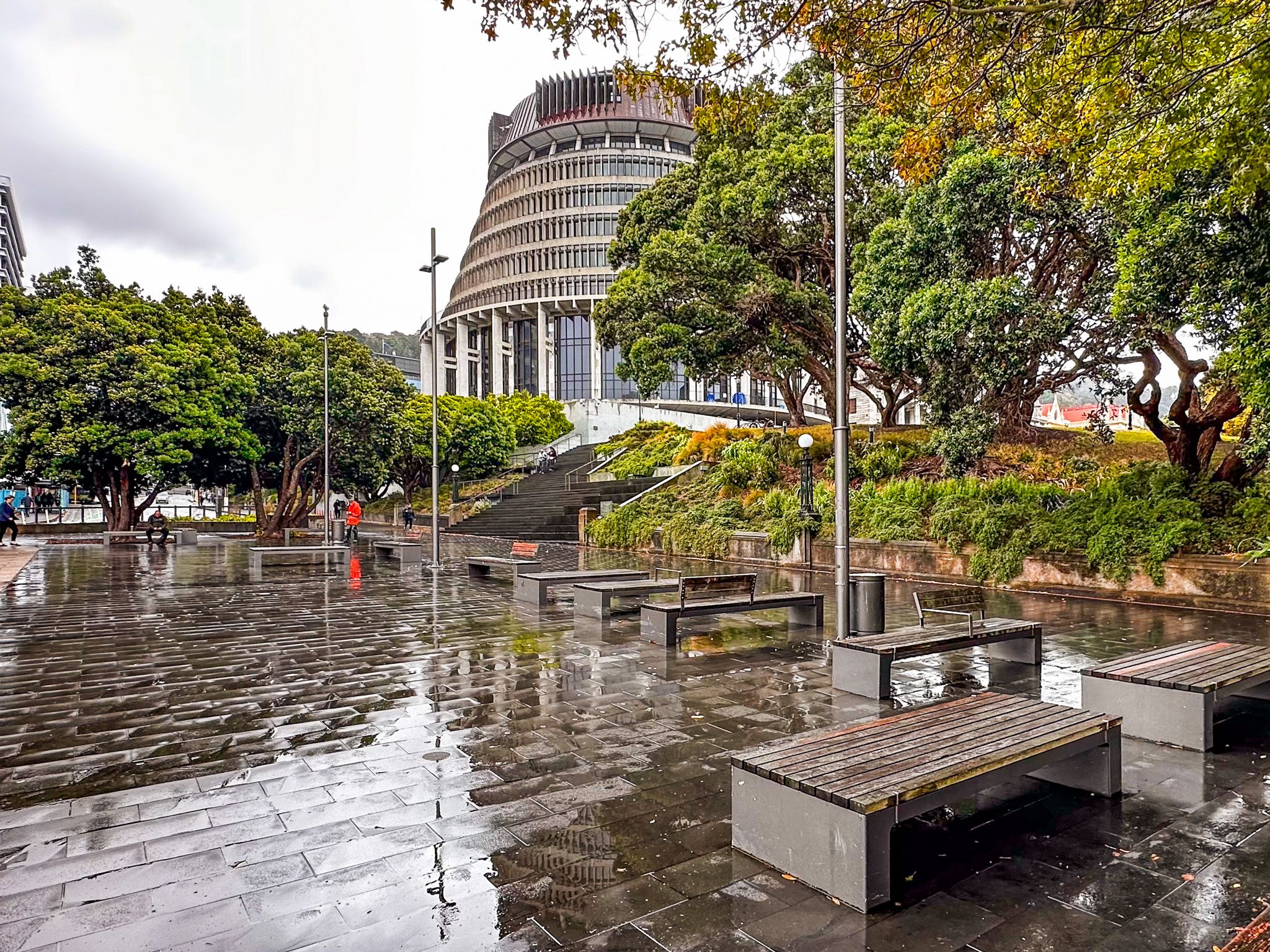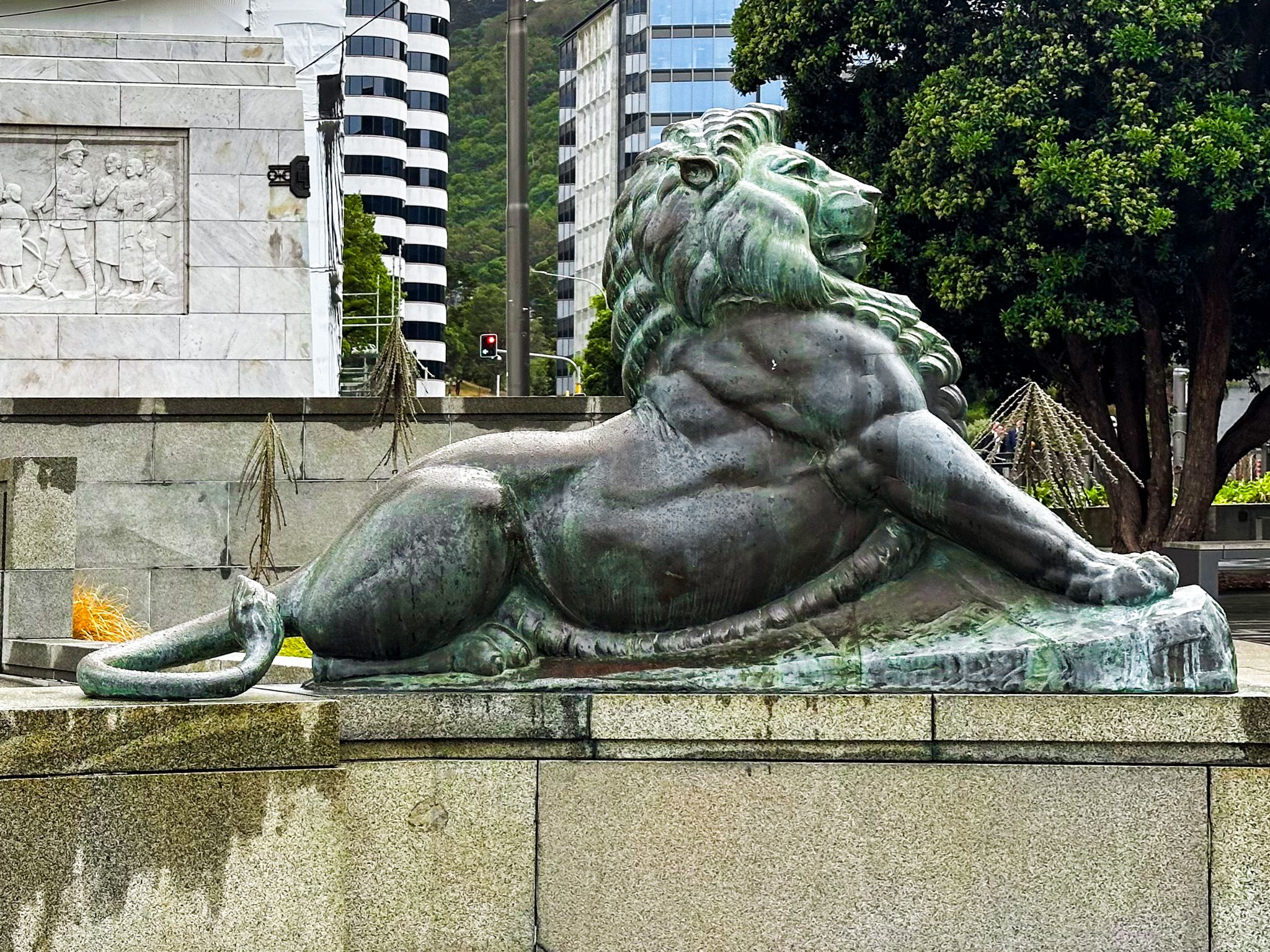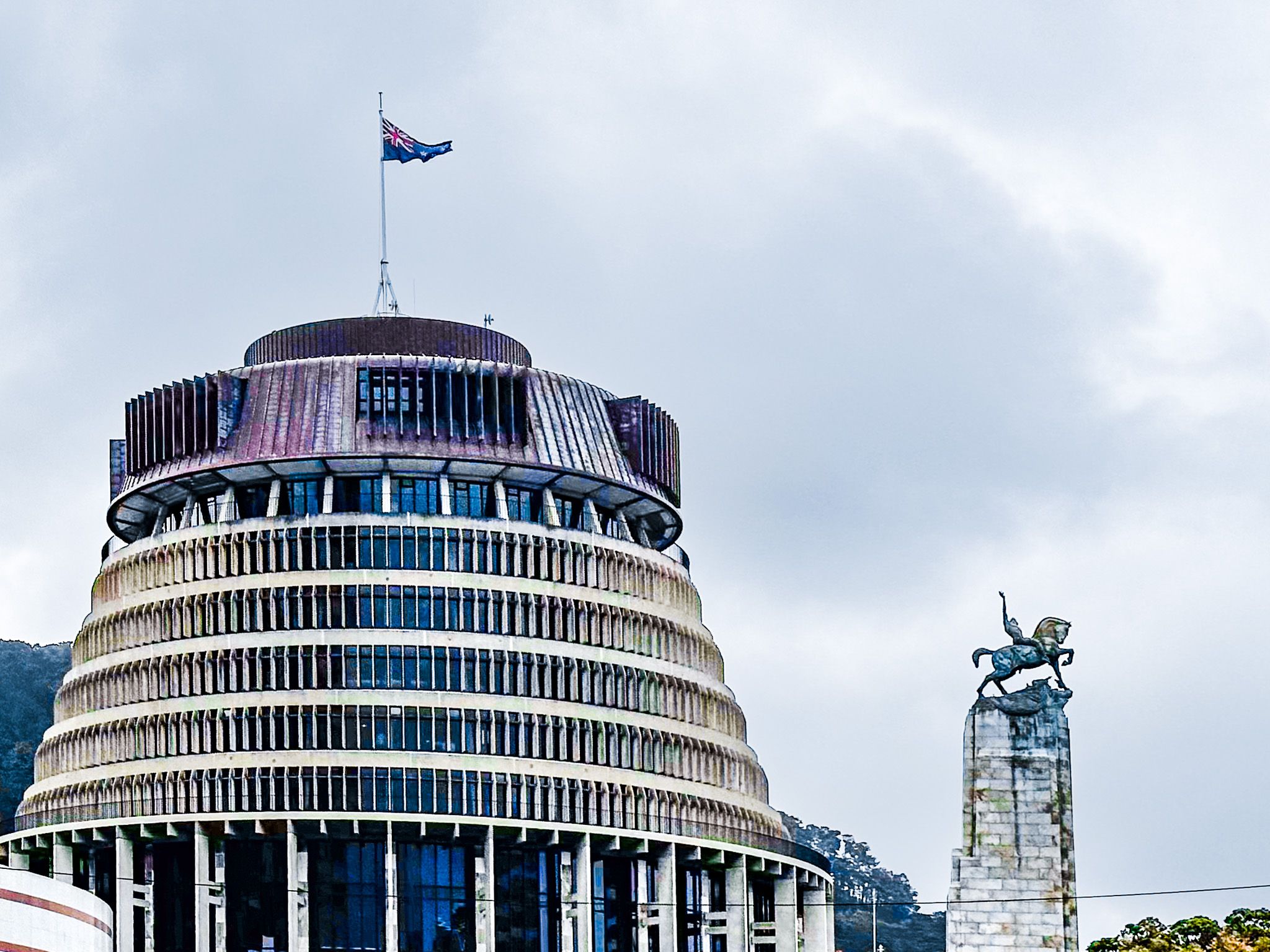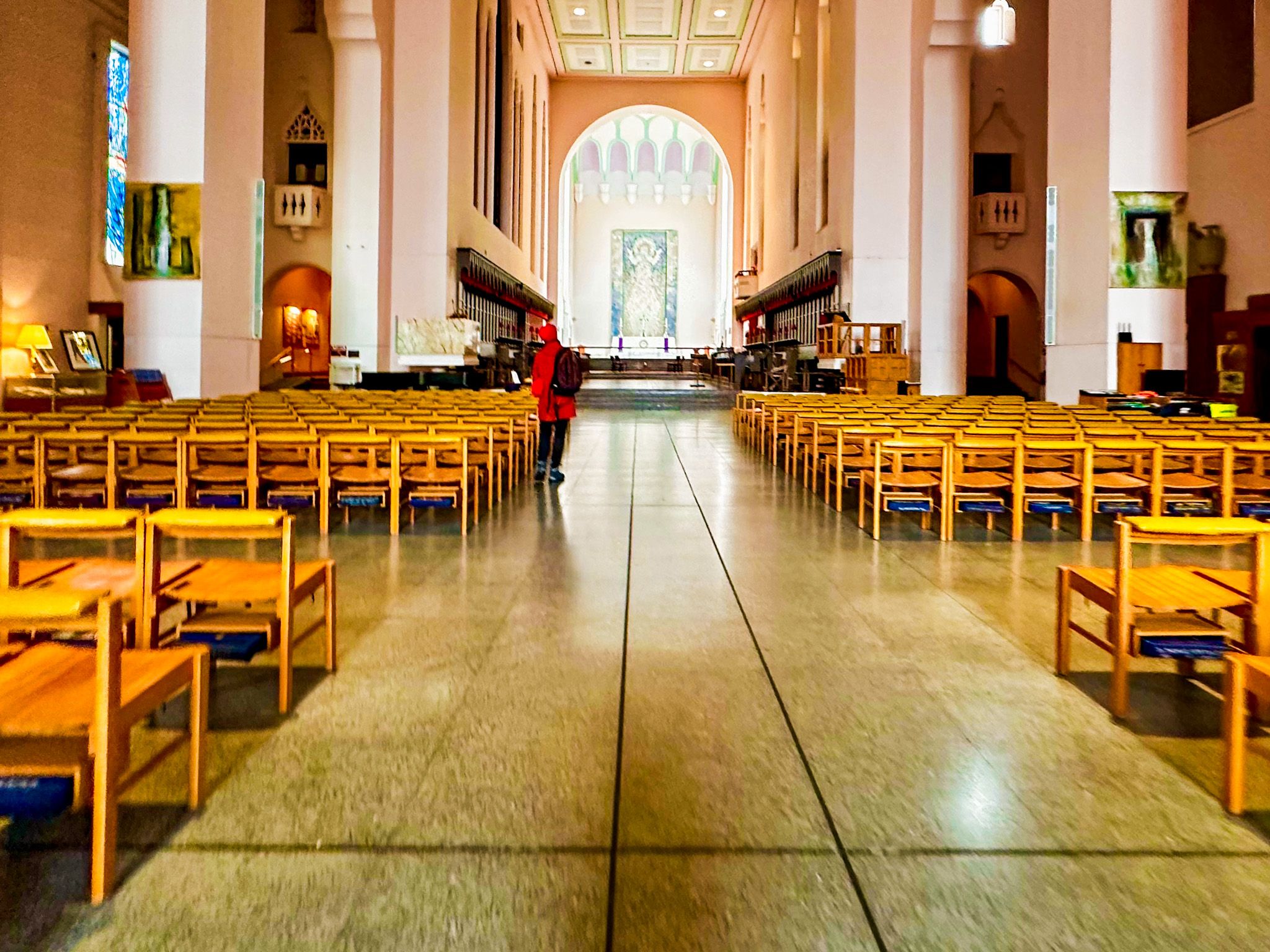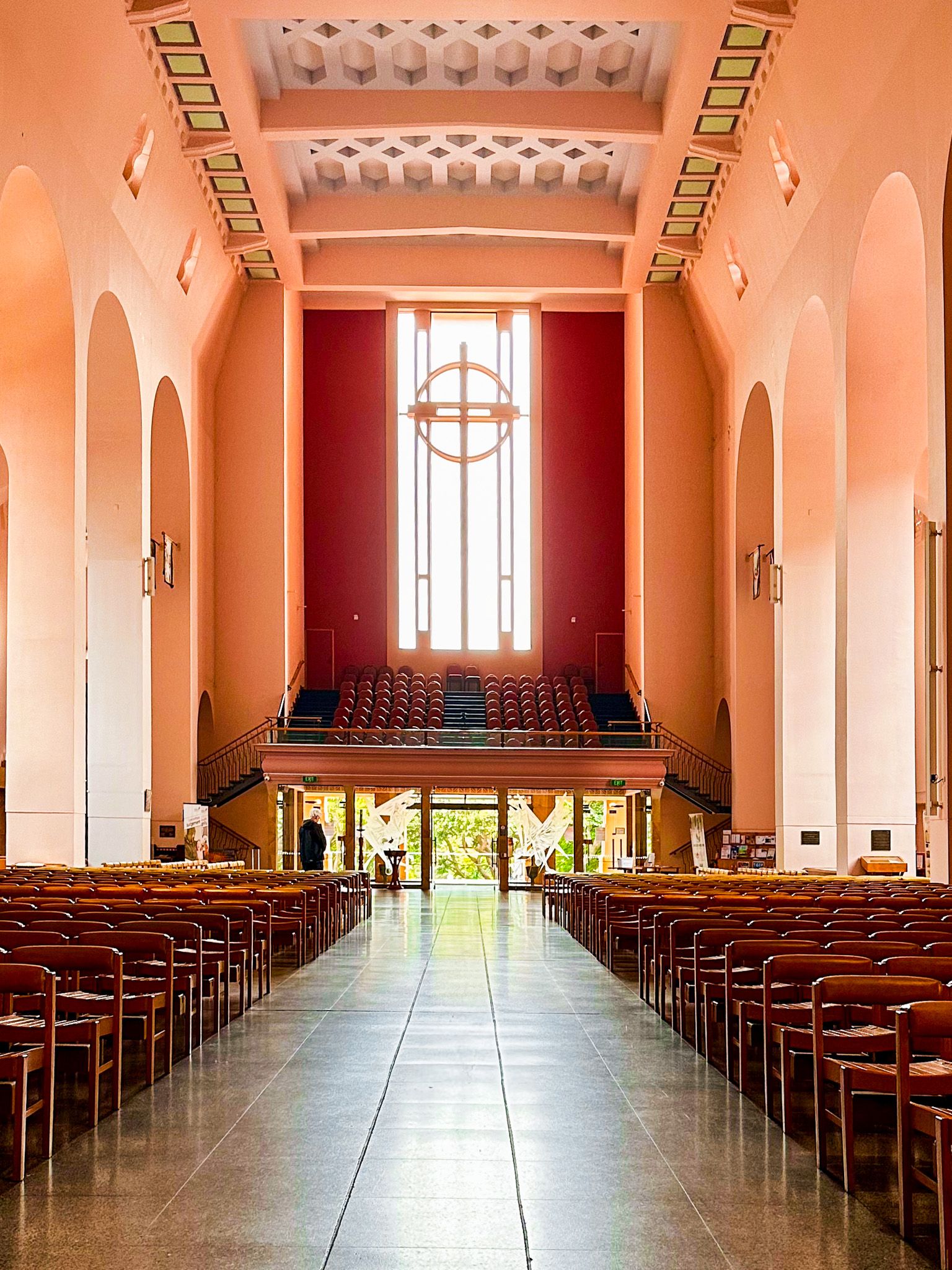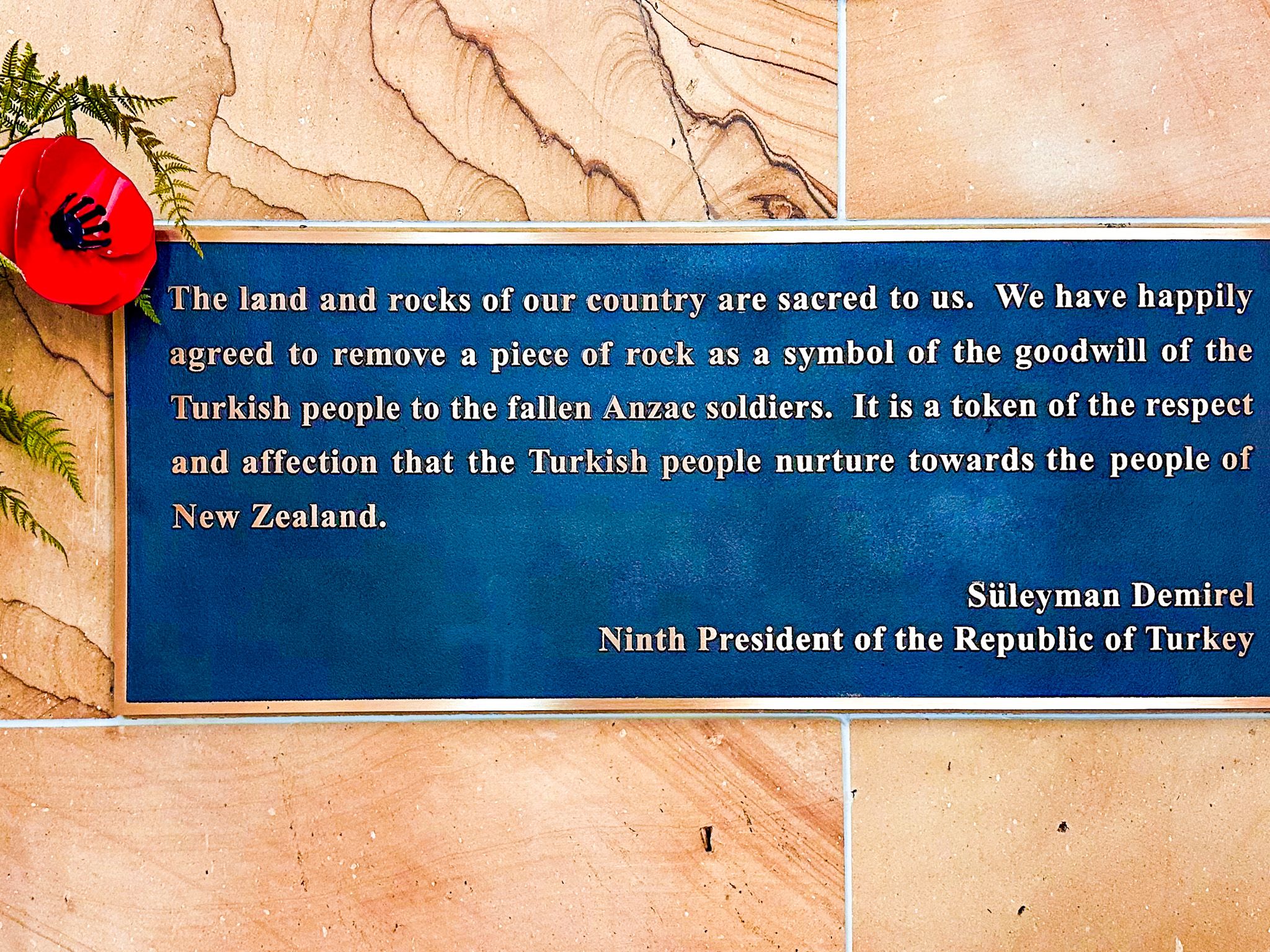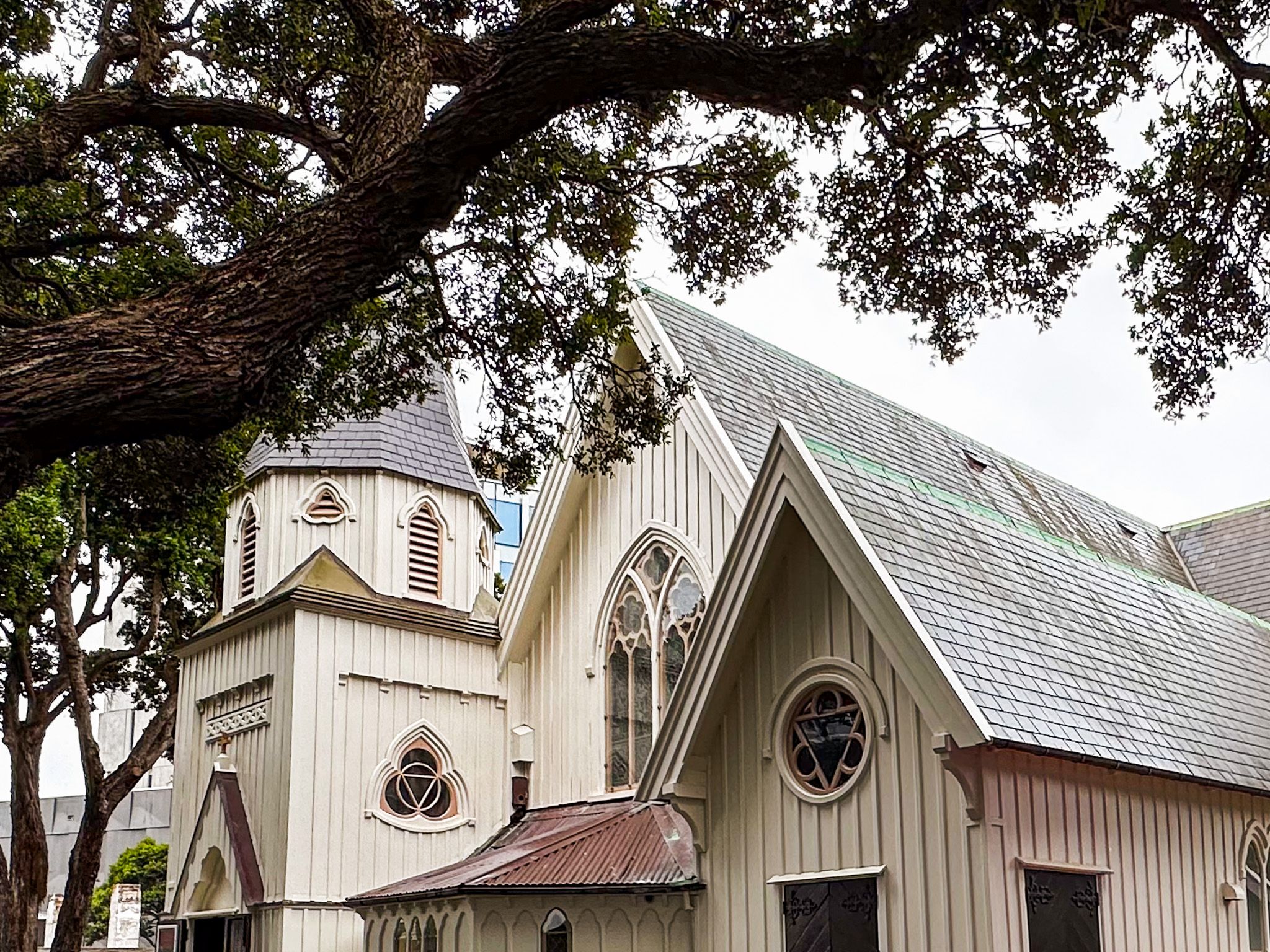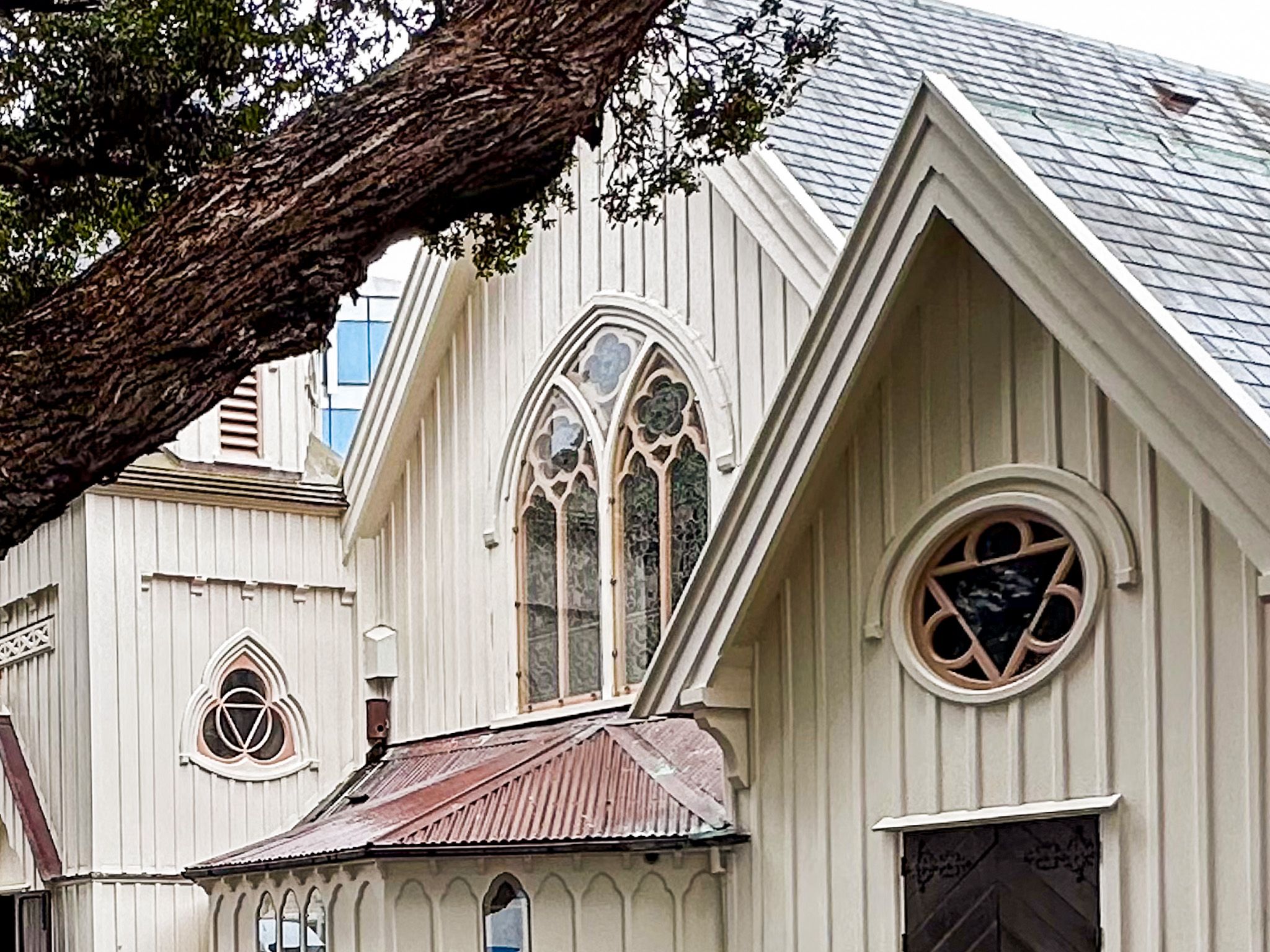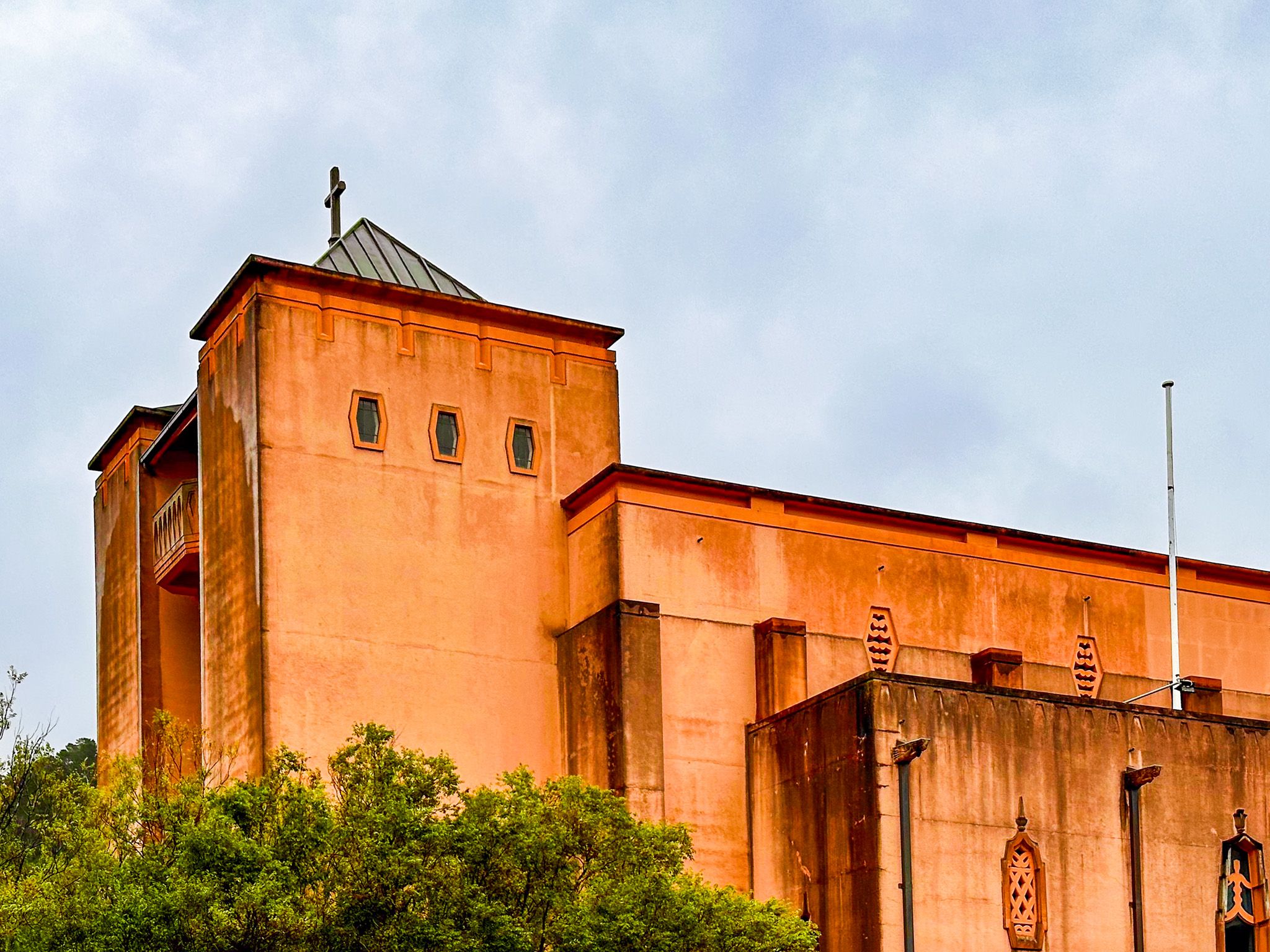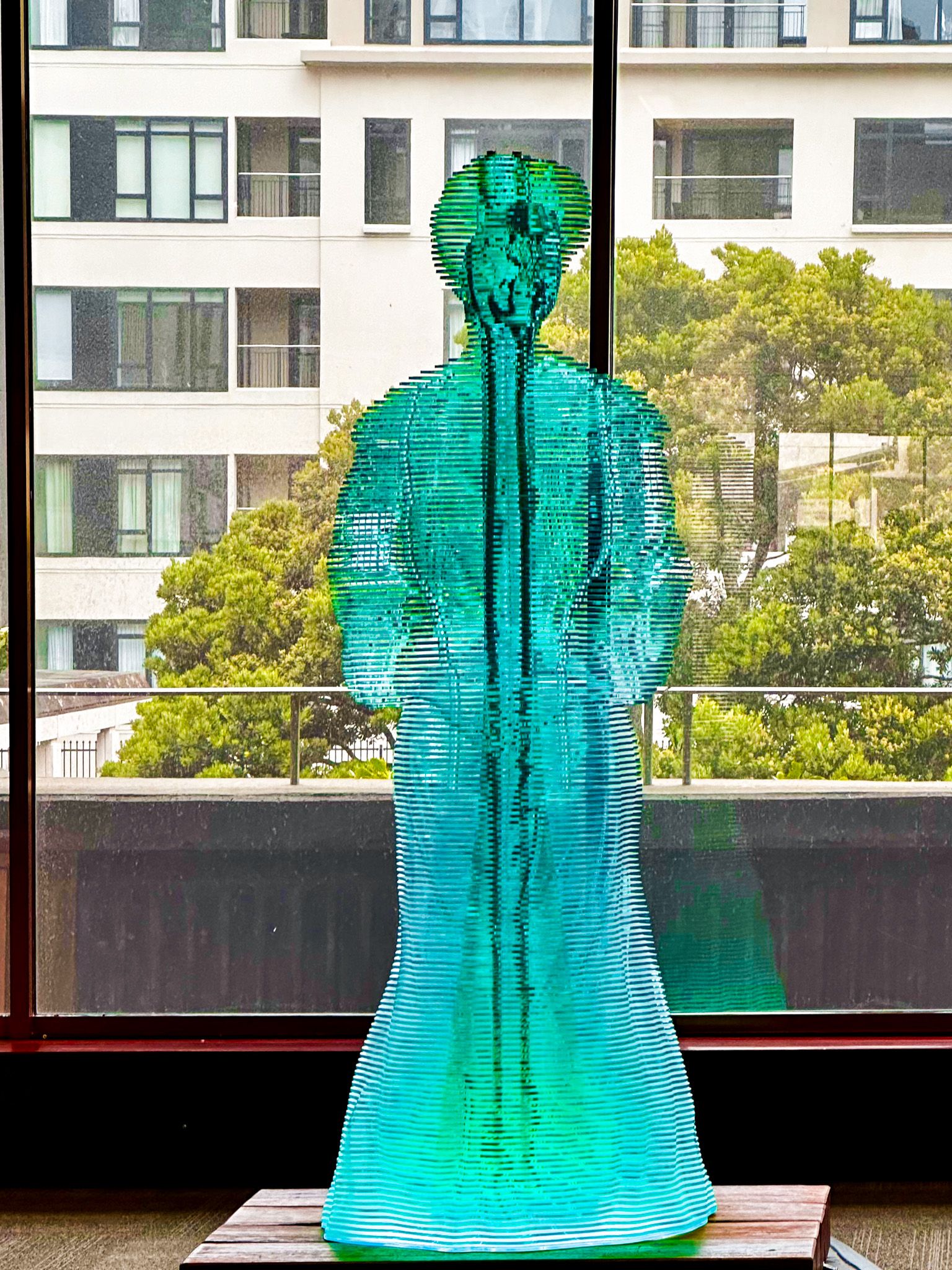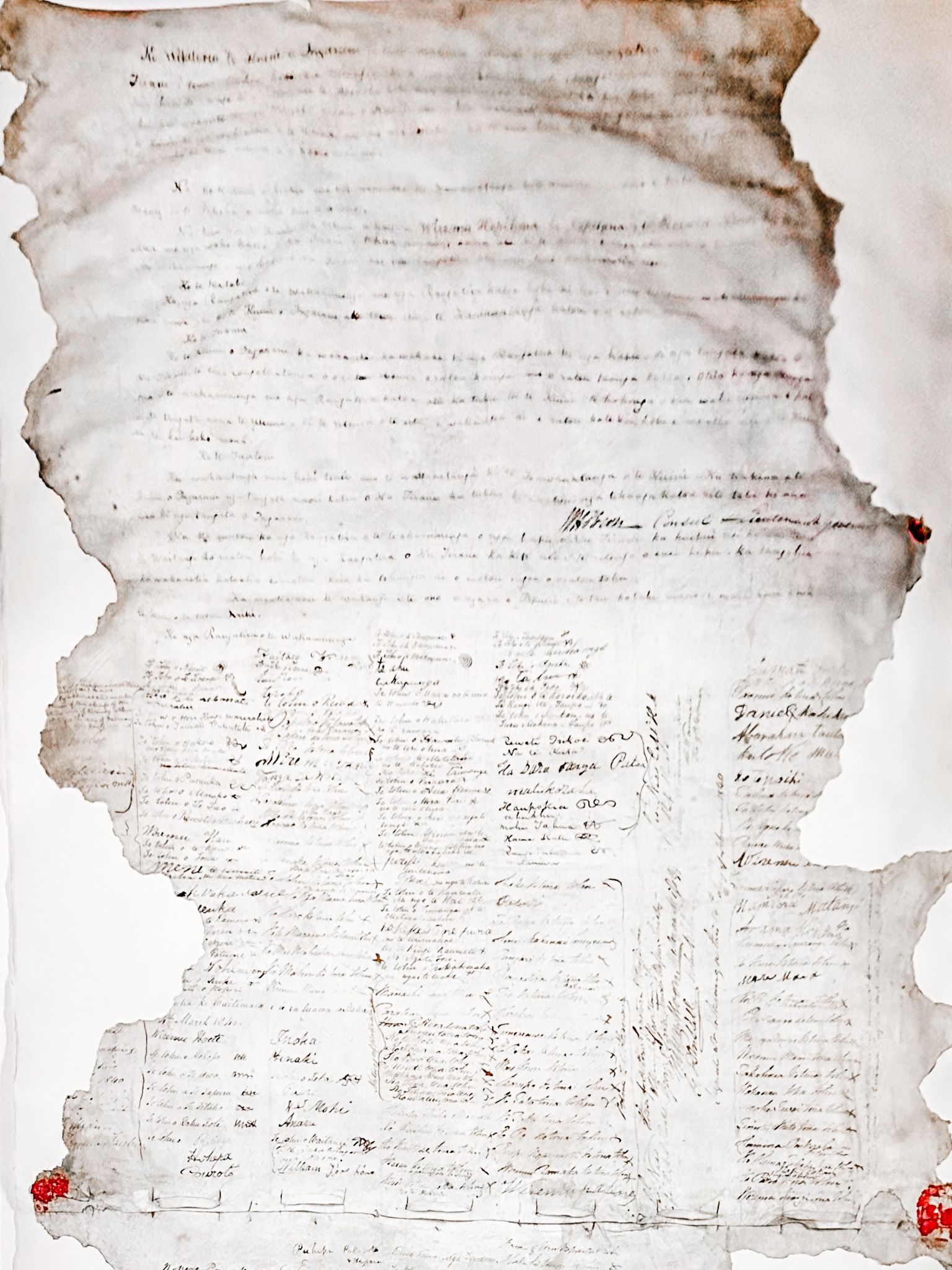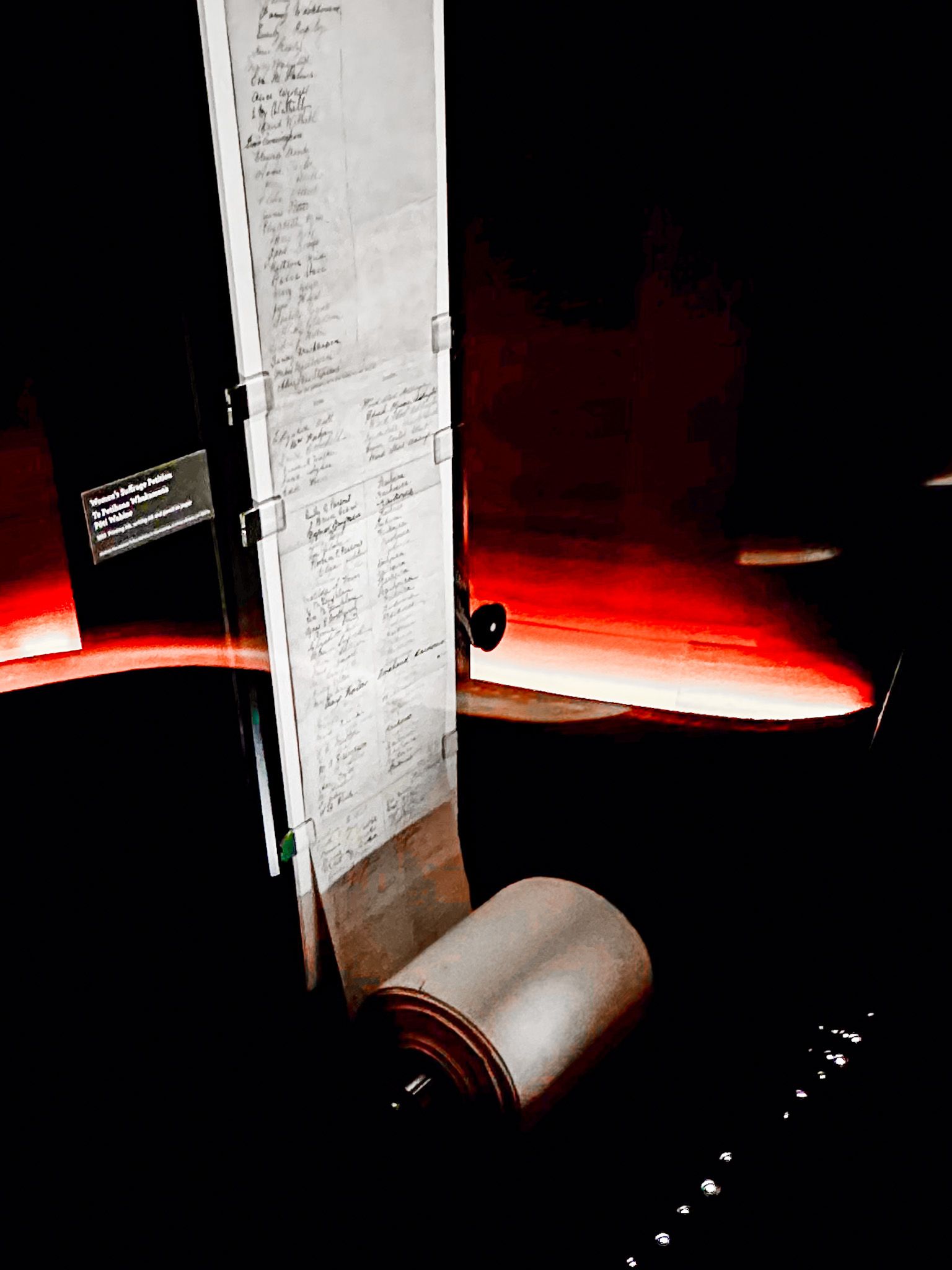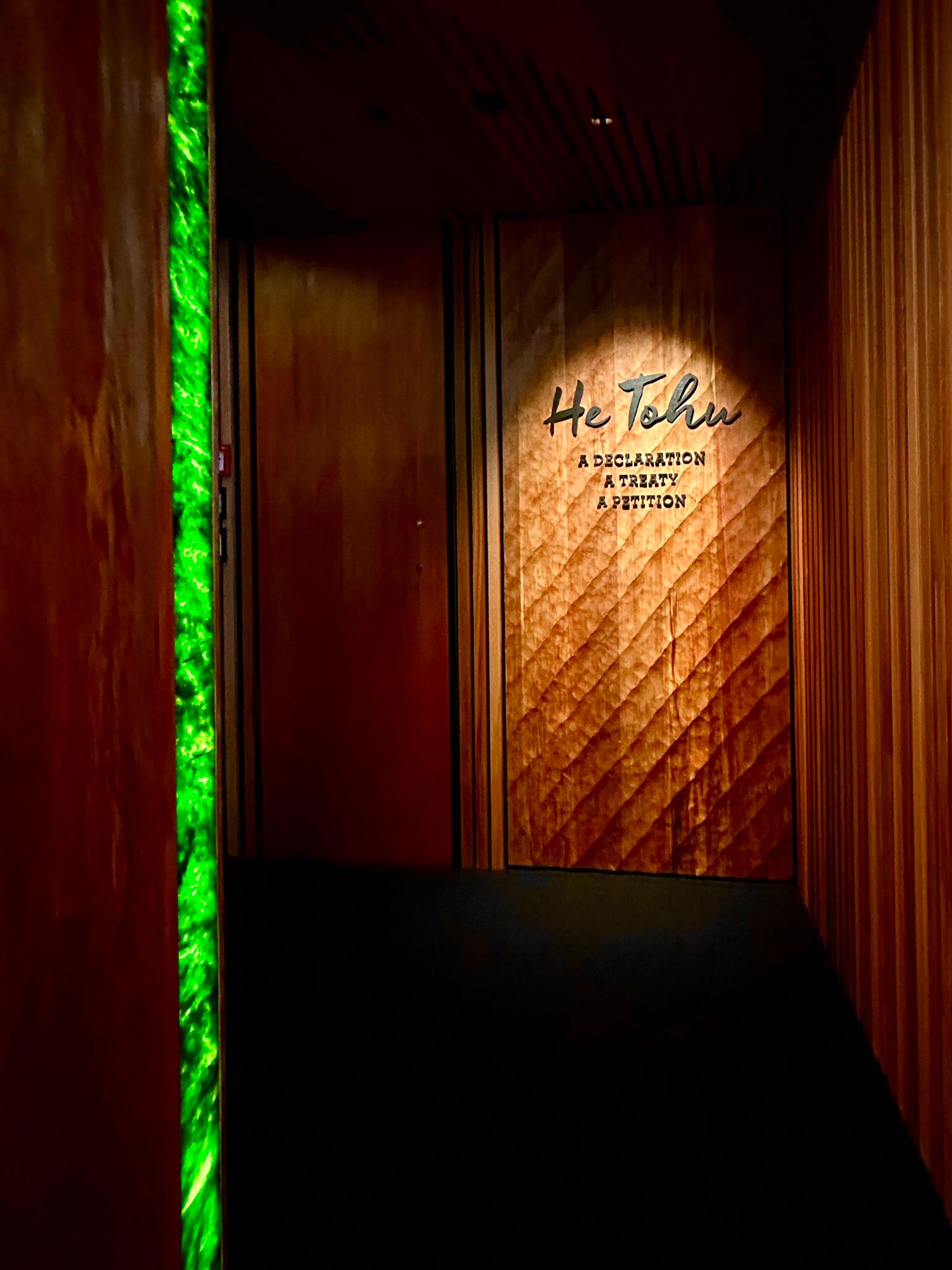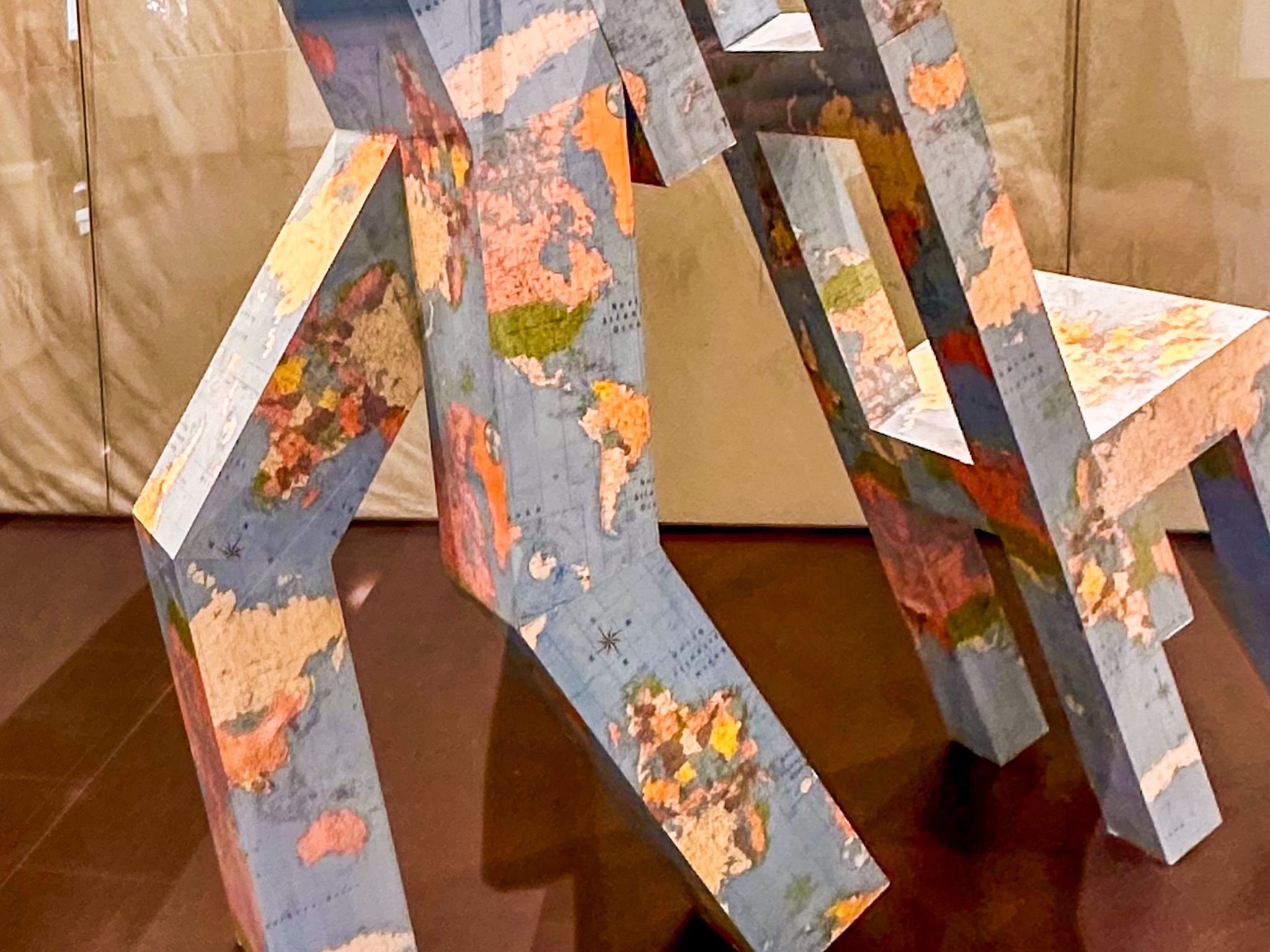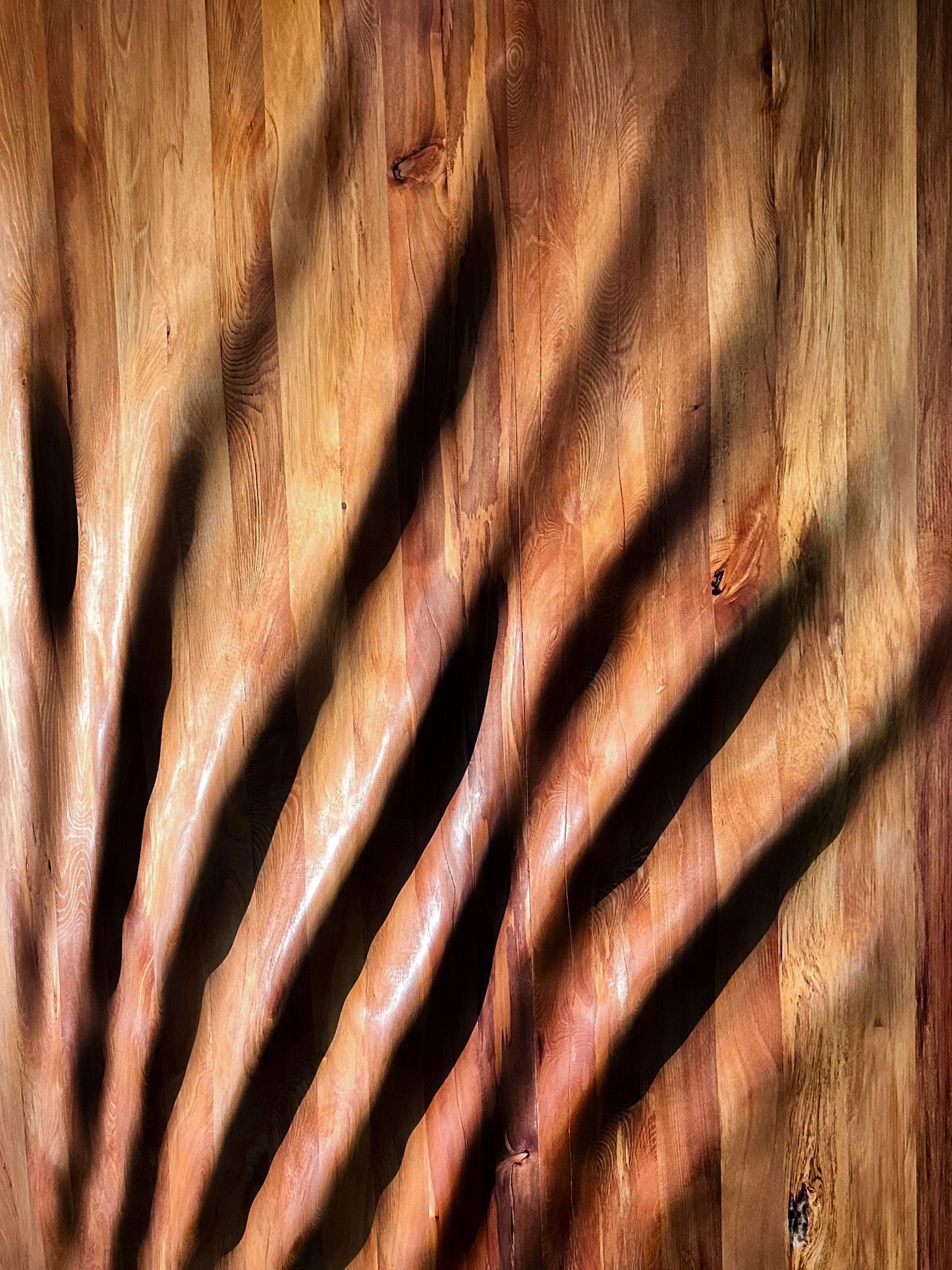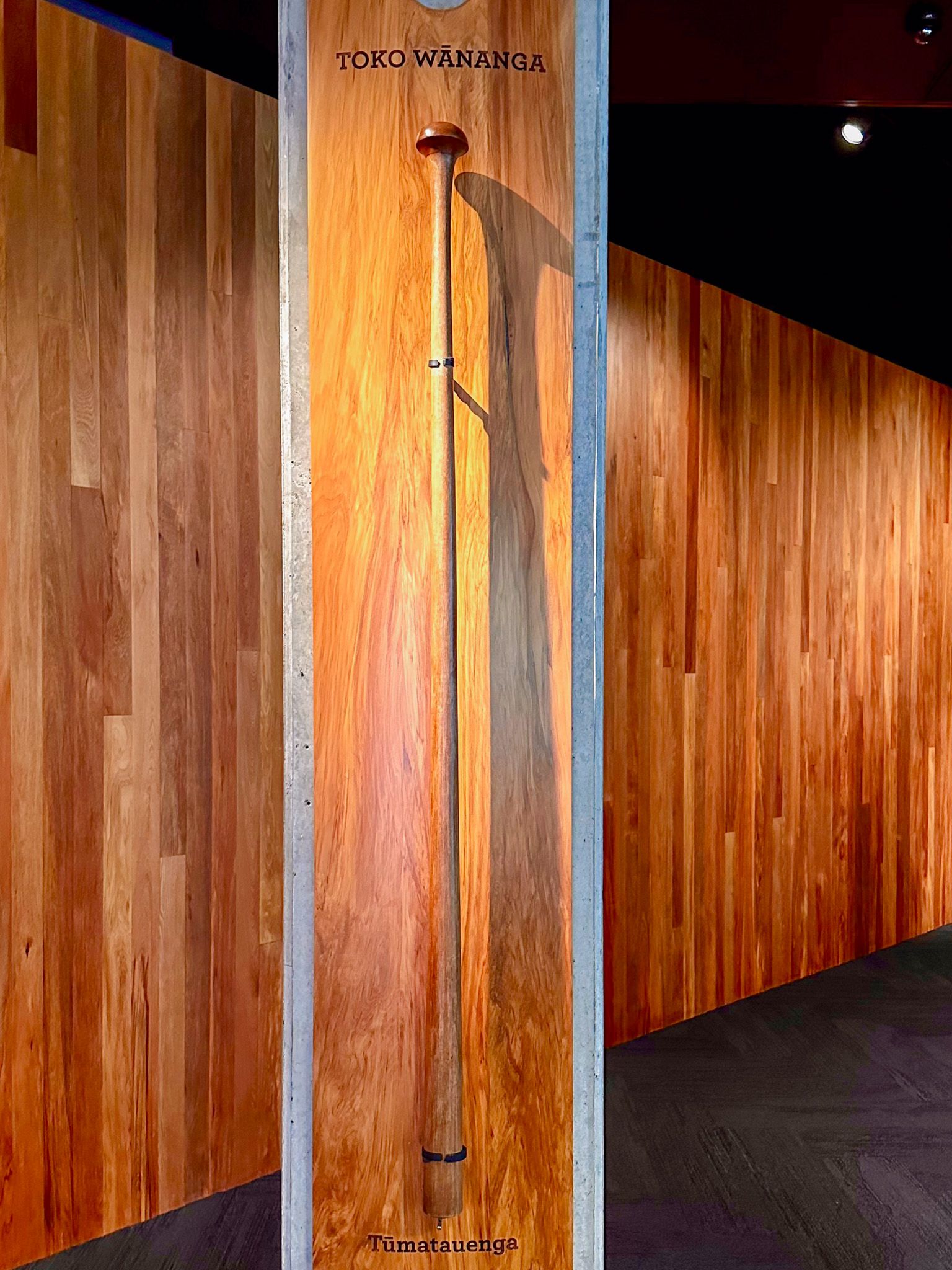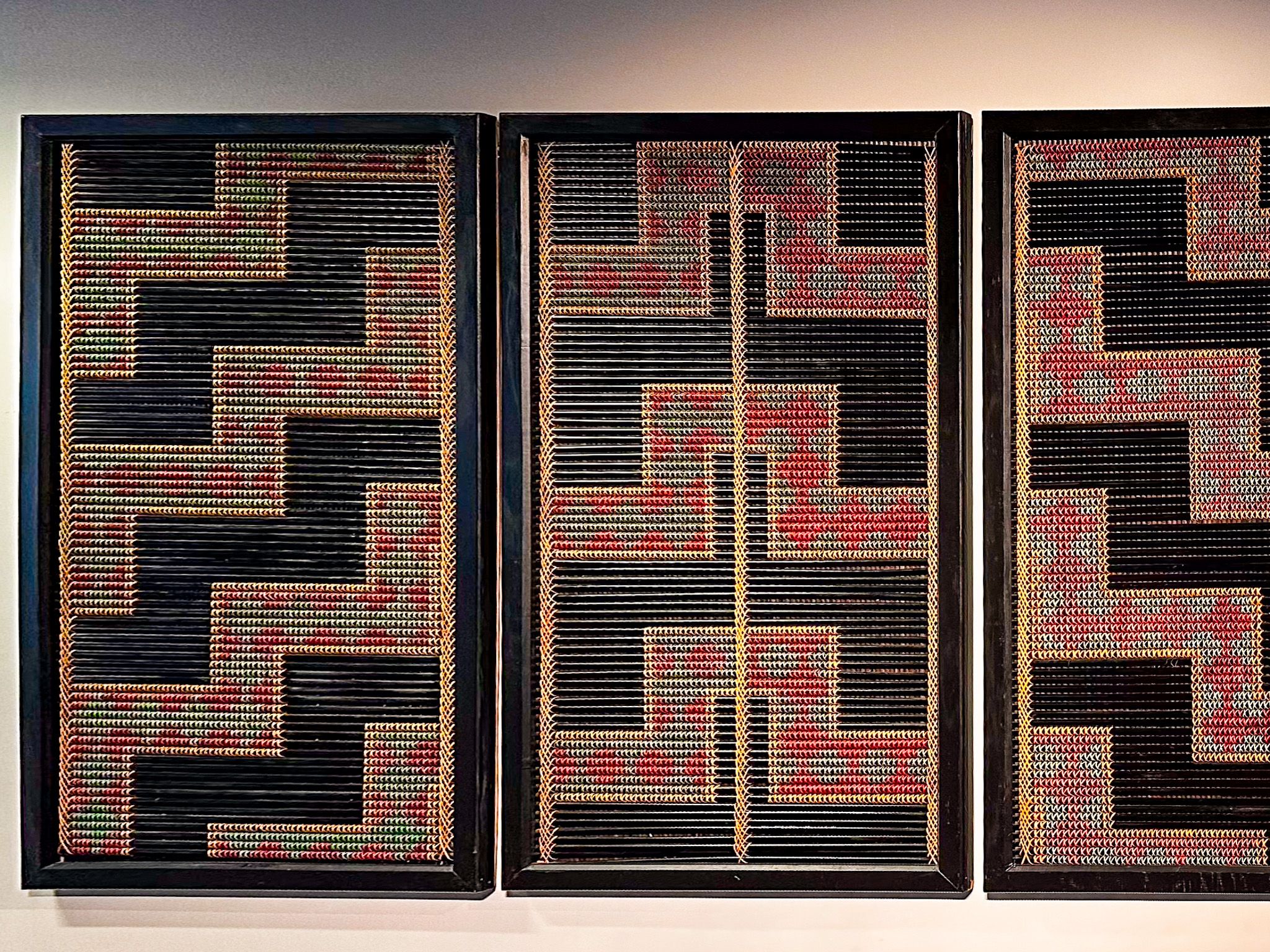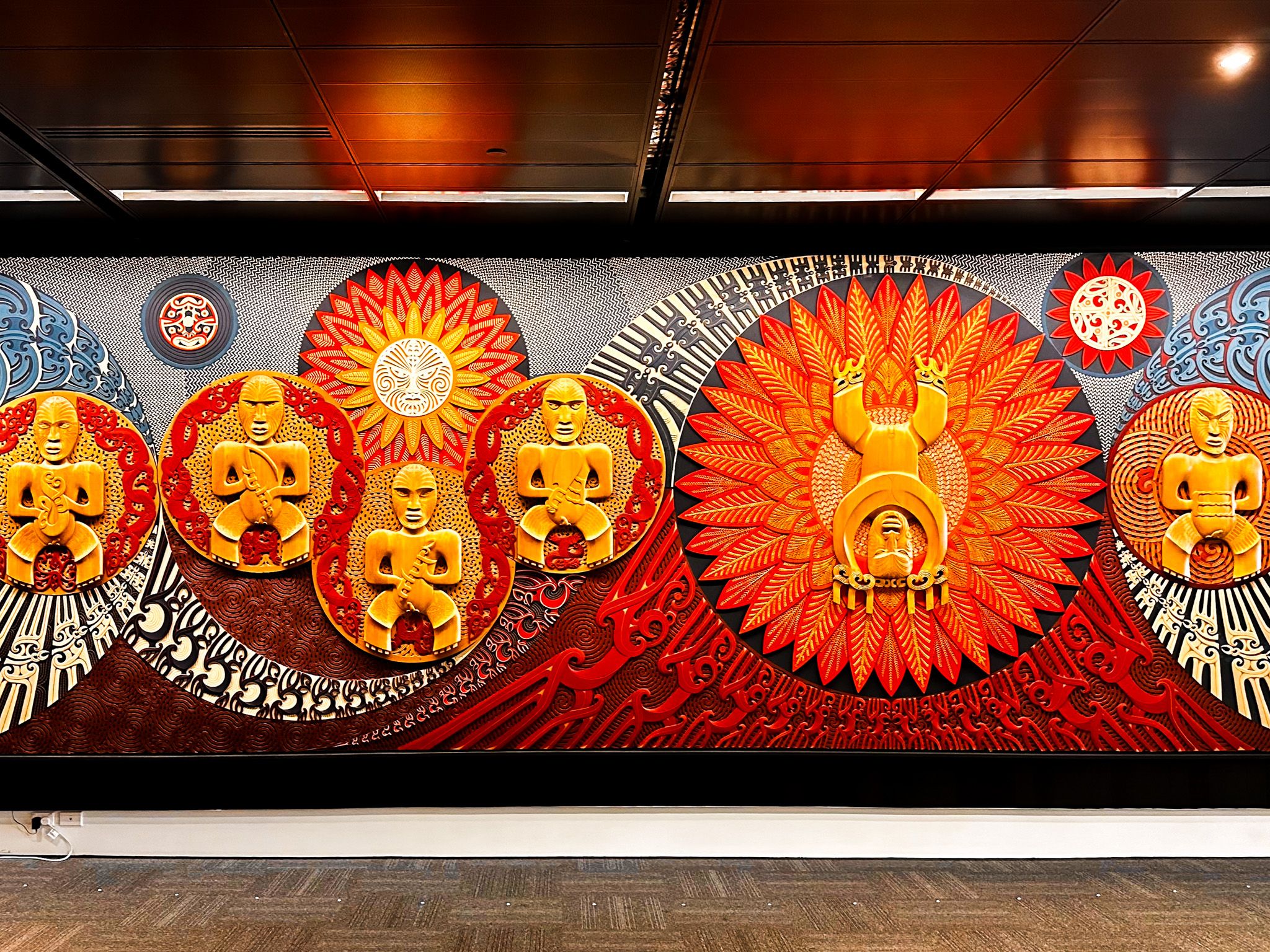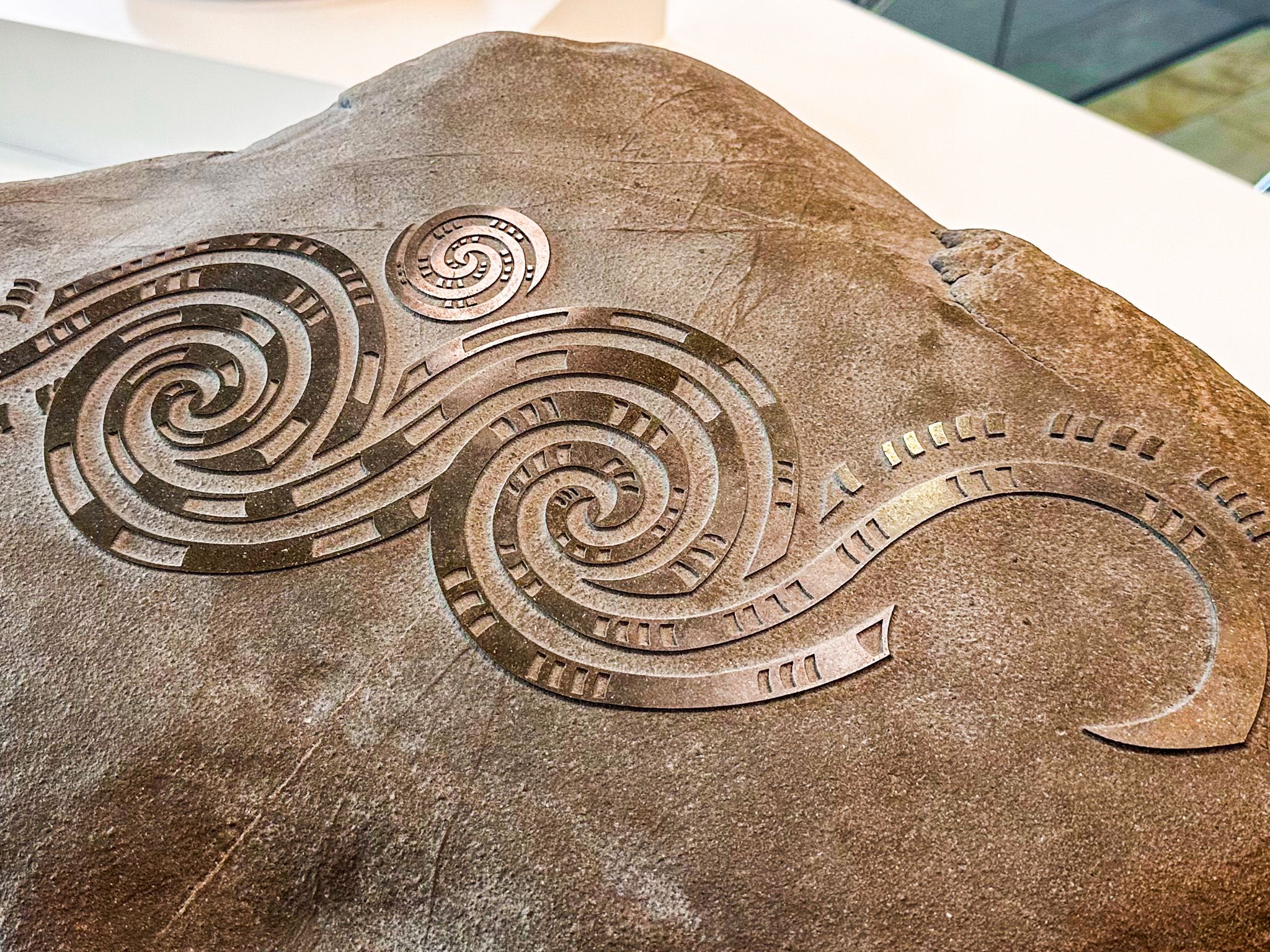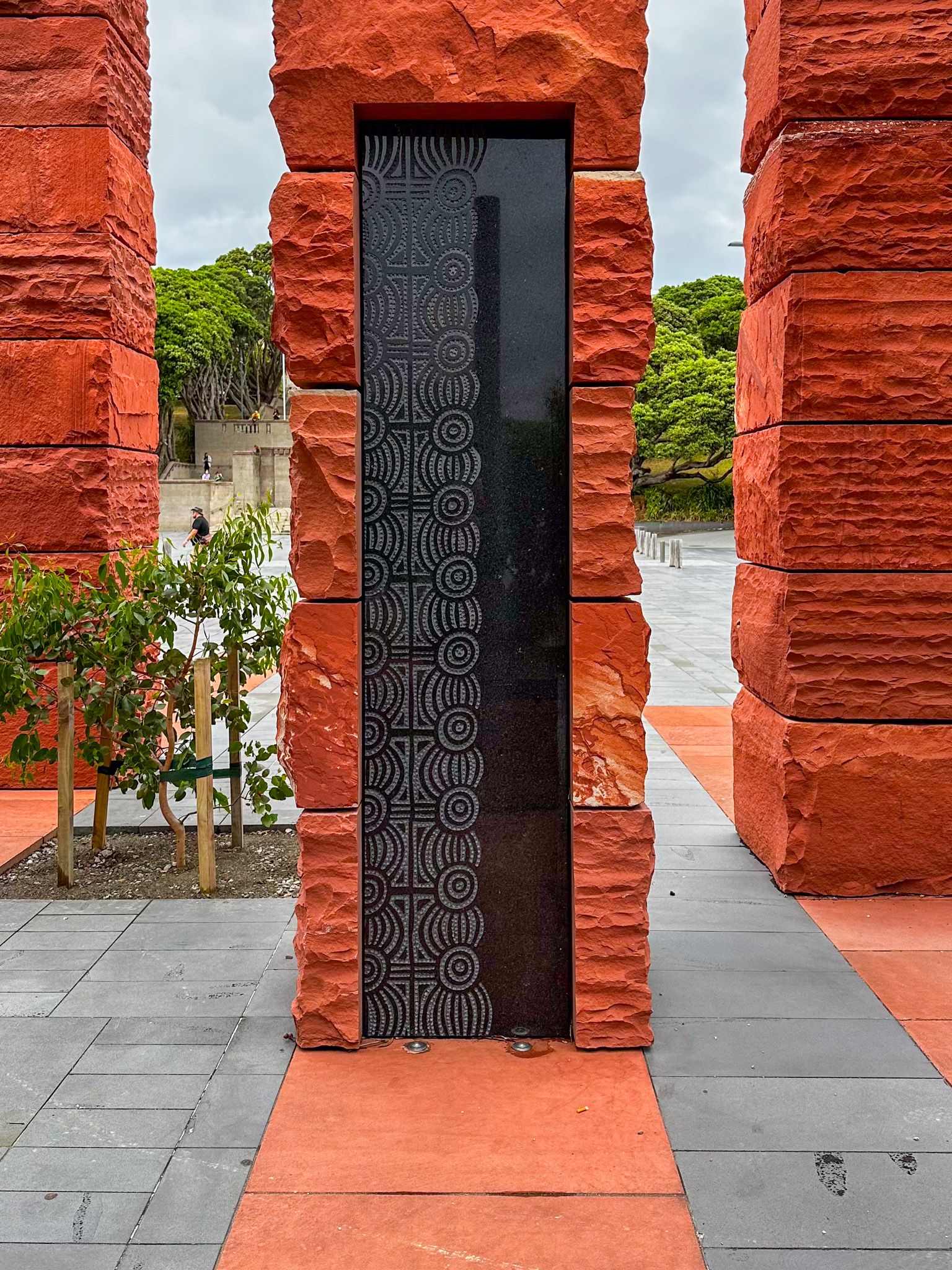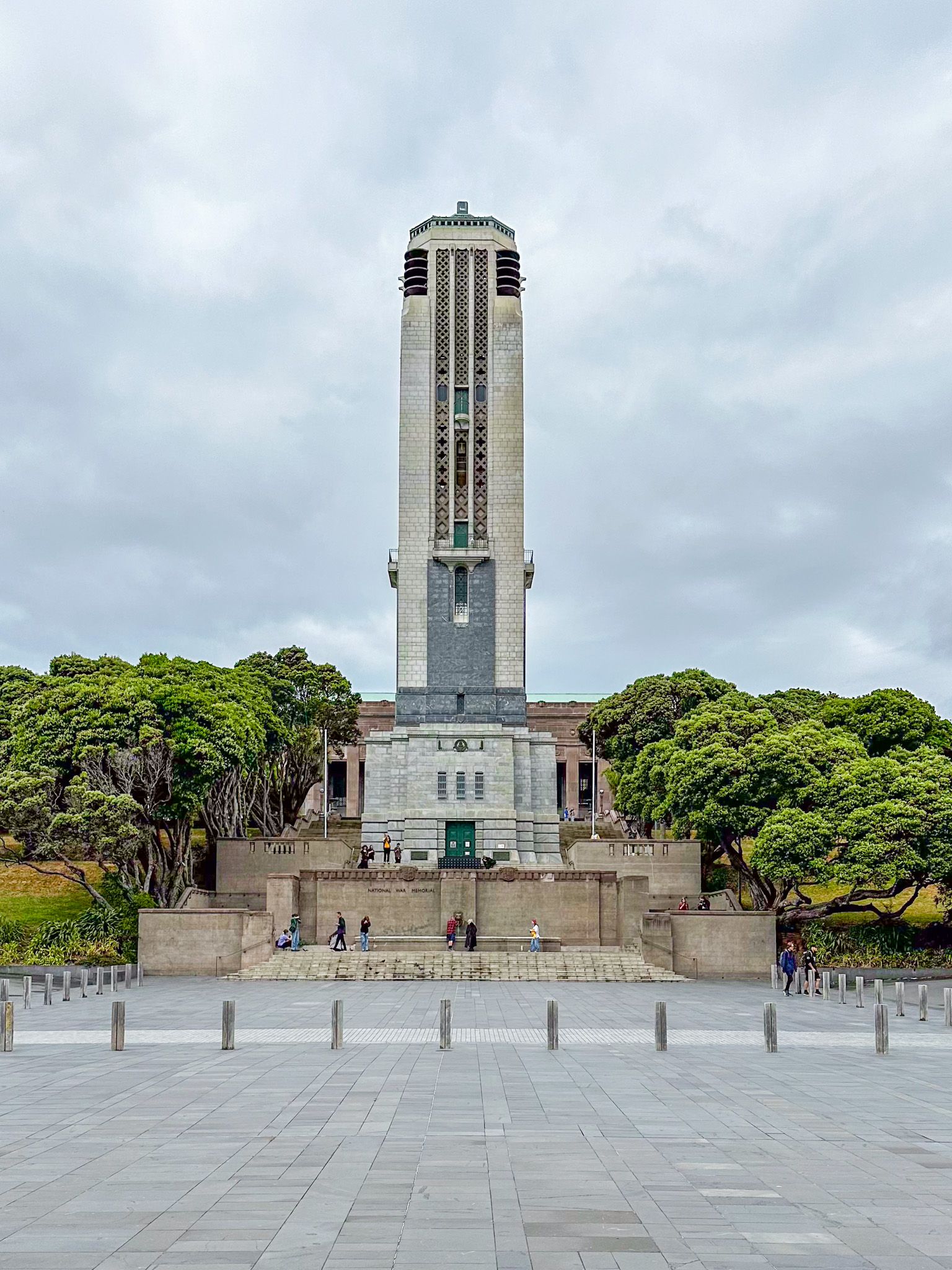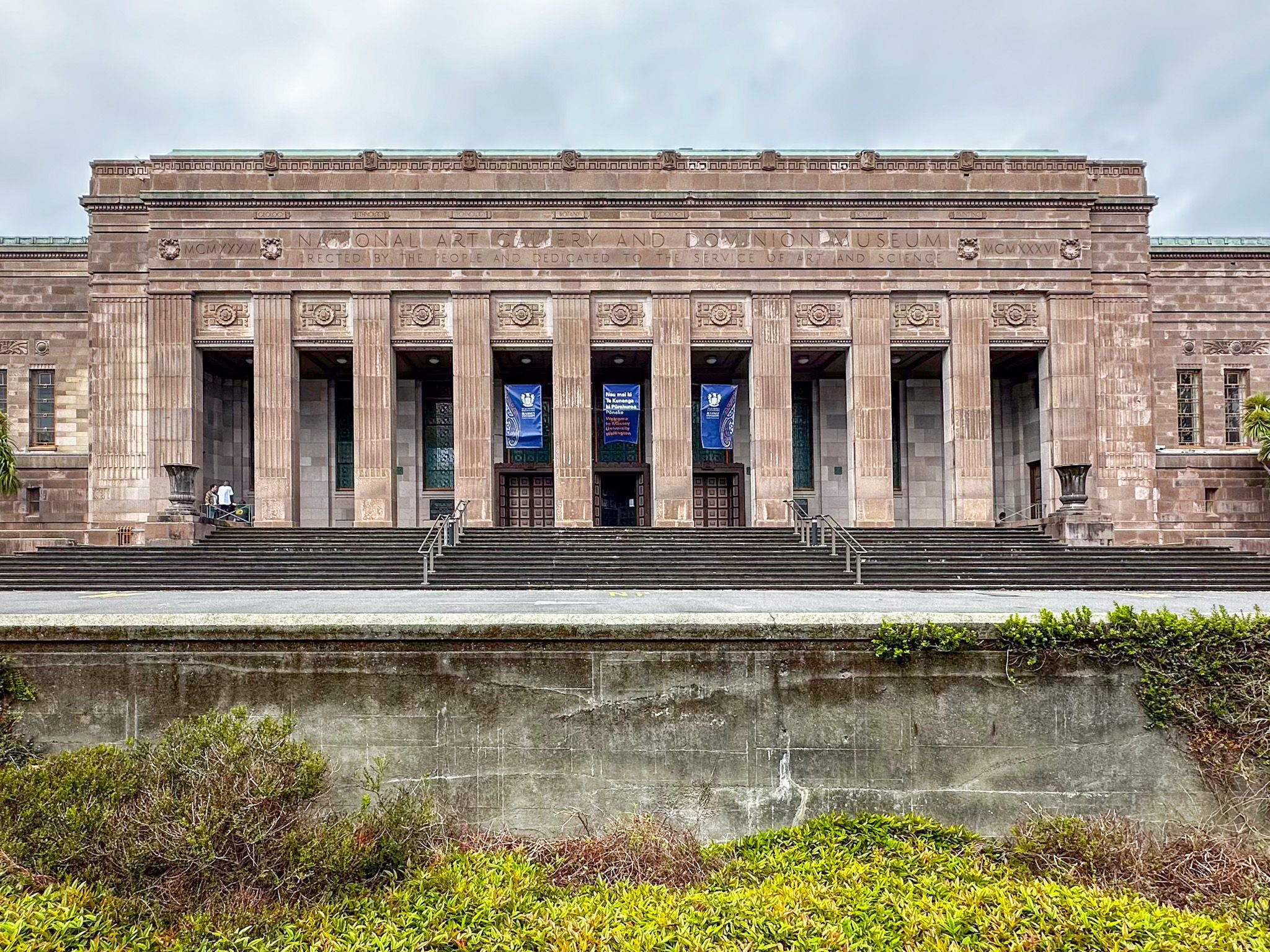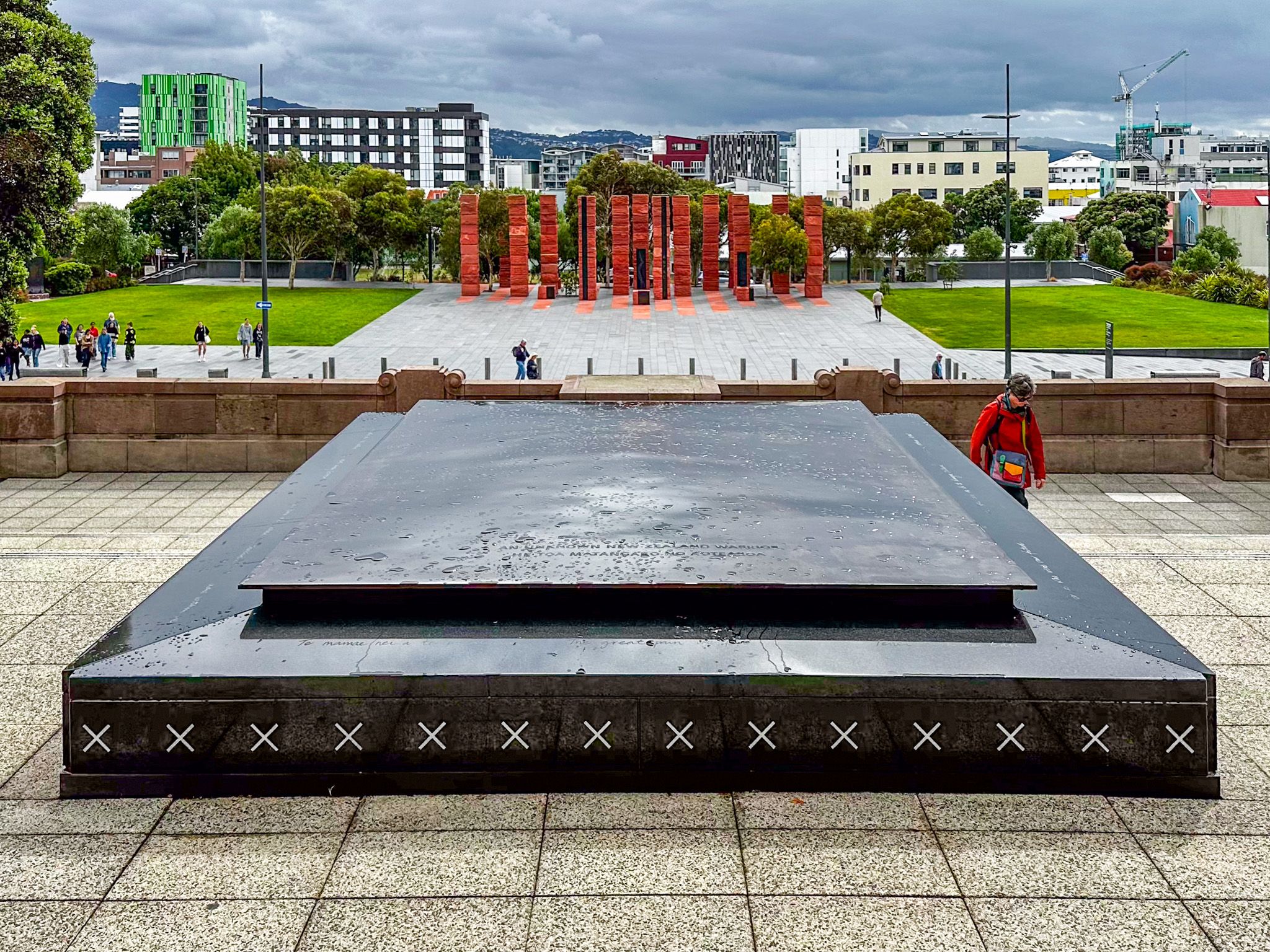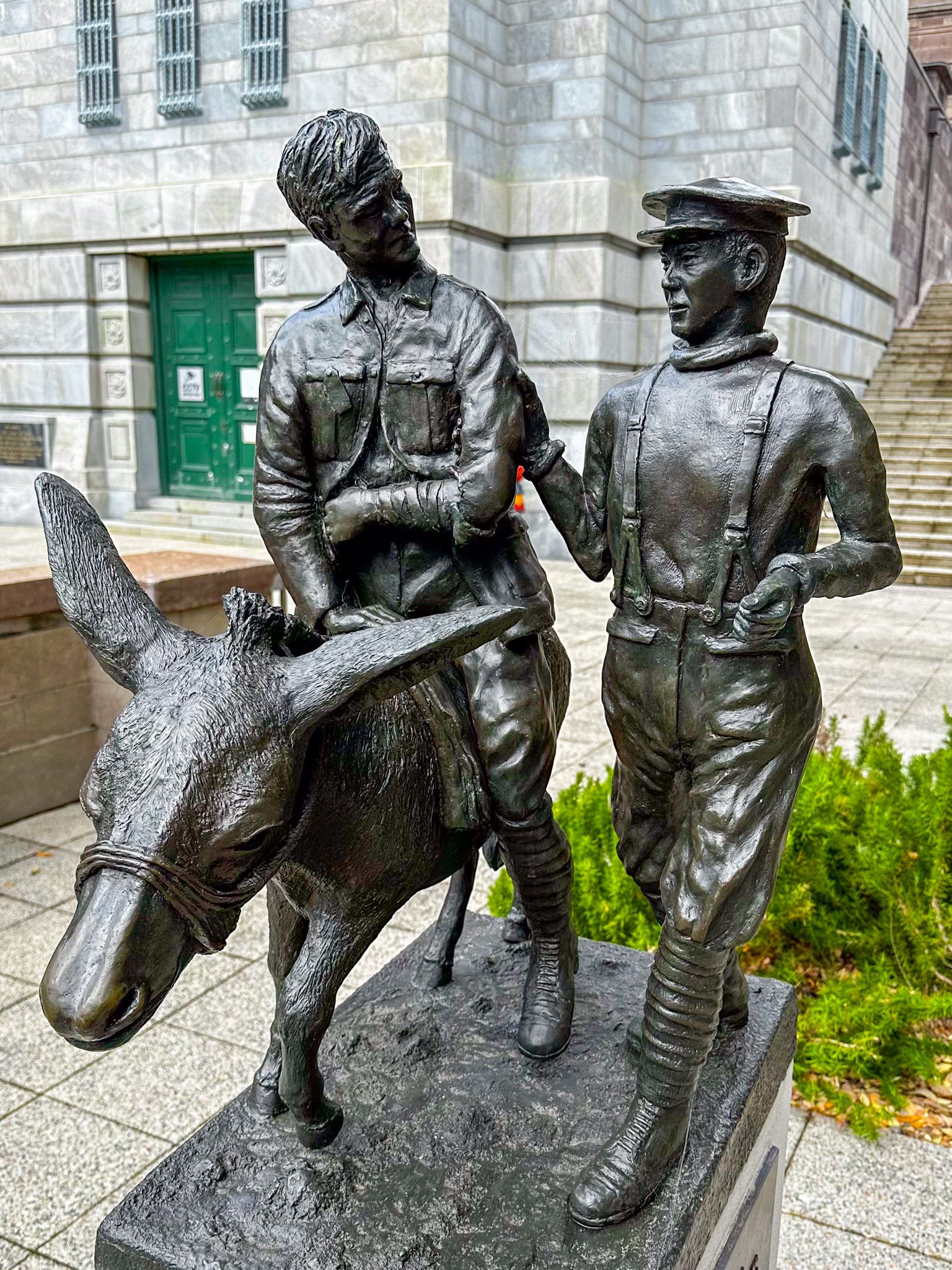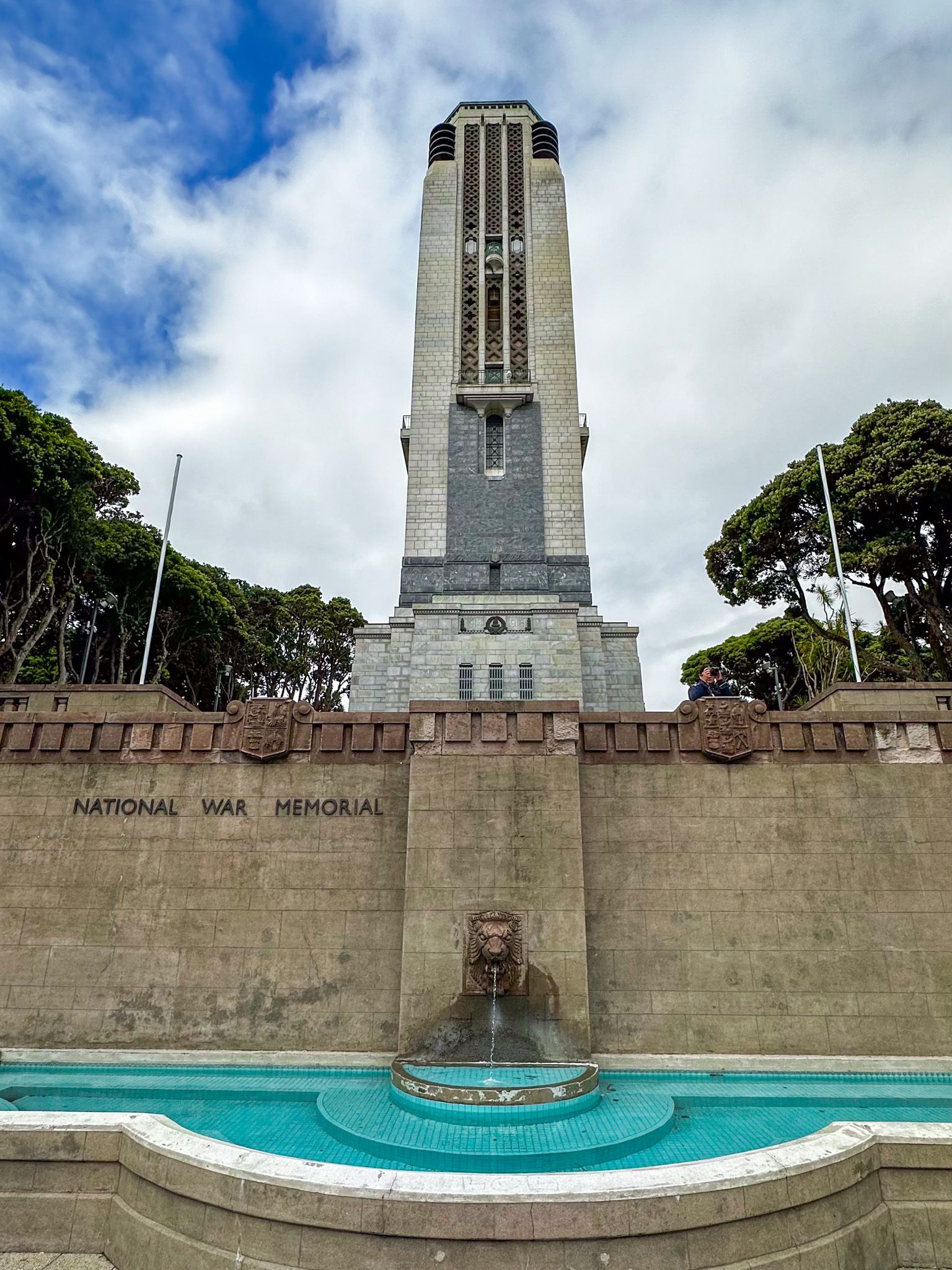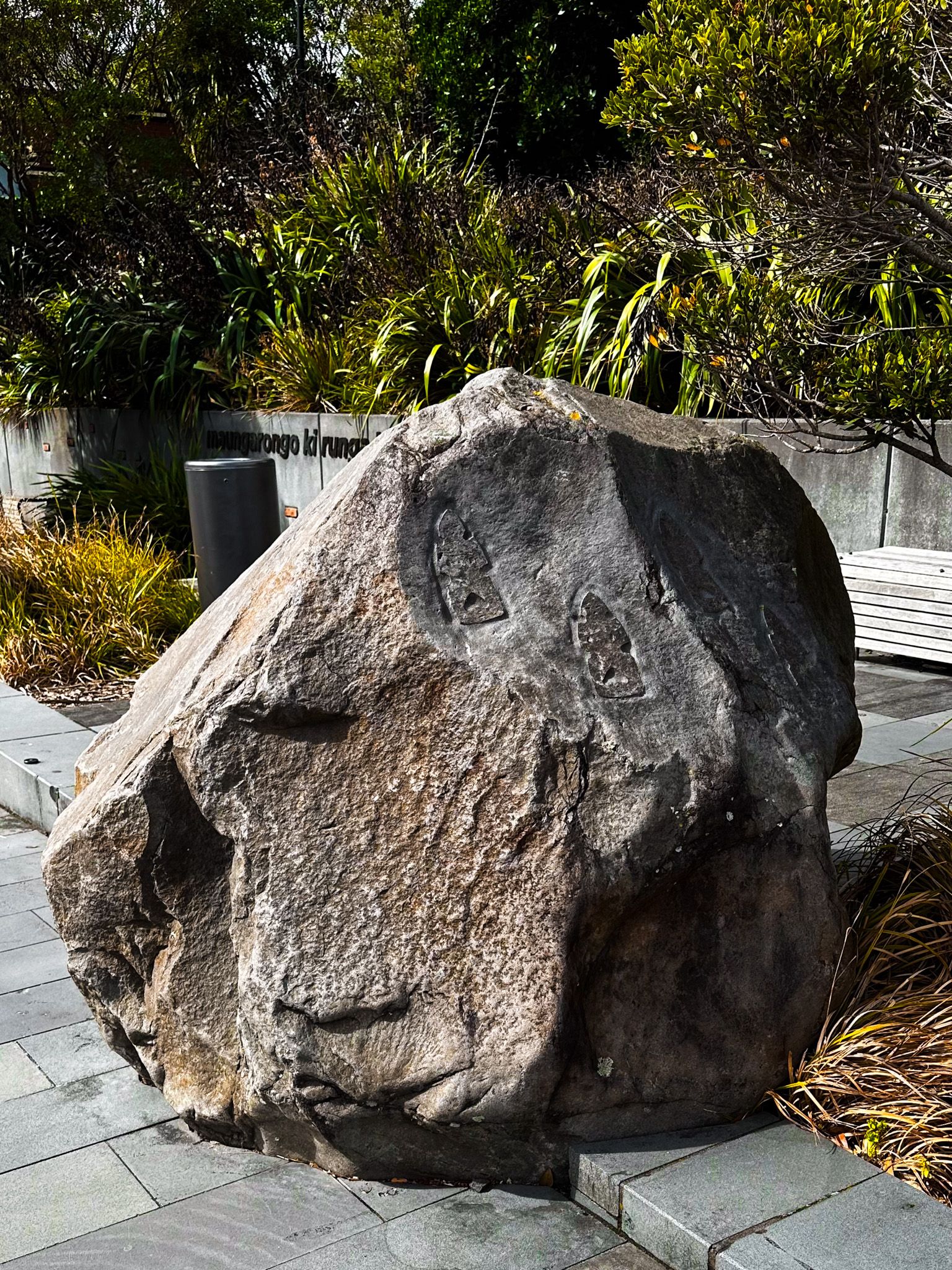Downtown Wellington occupies one of the few relatively flat areas in the region. Although it is not that big, it packs a real city punch and offers plenty to do for city-goers.
The best way to explore the downtown is on foot. We suggest starting in Thorndon, the original centre of Wellington. Visit Katherine Mansfield House on Tinakori Street to step back over 100 years. Then, walk through the pretty Katherine Mansfield Memorial Park to connect with the parliamentary precinct around the Beehive and Parliament. There are short side trips to the Cathedral of St Paul and Old St Paul's, a wooden cathedral dating back to the 1860s. The National Library is immediately opposite the modern cathedral and has the small but wonderful He Tohu exhibit.
From the Beehive and Parliament, continue to the central railway station and Old Government House. From there, head back up Bowen Street to the City to the Sea Walkway, then follow this over the motorway to the Boulton Street Cemetery. Continue along the Walkway towards the historic observatory and the Botanic Gardens. Take the cable car down to Lampton Quay, the centre of the downtown commercial and shopping district. Head south to Willis Street, then take Manners to Courtney Place and Cuba Street, the main eatery and bar districts. At the south end of Cuba Street, head east beside State Highway 1 to Pukeahu National War Memorial.
An alternative is to walk along the harbour waterfront from the Railway Station to Te Papa, then follow Tory Street south to the war memorial. Return via Cuba Street for a well-earned break.
Katherine Mansfield House and Garden
Katherine Mansfield House is on Tinakori Street in Thorndon, central Wellington. It was built in 1888 by Harold Beauchamp, Katherine Mansfield’s father, and the year of Katherine's birth. Katherine was there with the family for a short time before they moved. She was initially educated in Wellington and then went to Queen's College in England in 1903. On her return, she found Wellington too stifling and moved to England permanently at 19 to pursue a successful writing career. Sadly, she died in 1923 from tuberculosis at the young age of 34.
In 1987, the Katherine Mansfield Birthplace Society acquired the house and began to restore it to the style of a well-to-do family in the late 1800s / early 1900s. The garden around the house is also maintained in a style typical of the period, with many flowers of European heritage.
Katherine Mansfield Memorial Park
Katherine Mansfield Memorial Park is an attractive tree-lined park on the southeast side of the Wellington motorway in Thordon. It is a short walk from Katherine Mansfield House. Paths through the park run between Hobson Street and Molesworth Street, connecting with Wellington's government precinct and downtown.
In 1933, Katherine Mansfield's father established a memorial to his daughter in the form of a tramway shelter designed by William Young. When the motorway was built in the 1960s, the memorial was destroyed. However, reserved land was allocated to develop the park and establish a new memorial with a pergola, seats, a shallow pool, and a plaque. The Lady McKenzie Garden for the Blind and a Japanese garden were also added.
Parliamentary Precinct
Wellington's parliament precinct is at the north end of the central city, bounded by the Wellington motorway to the north and Thorndon Quay to the east. The most interesting part is lower Molesworth Street, which runs from Old Government Buildings past the Beehive, Parliament, the National Library, and the Cathedral of St Paul's.
Old Government Buildings were completed in 1876 in an Italianate, Neo-Renaissance style but made entirely of kauri wood to look like stone. Across Lampton Quay is the Wellington Cenotaph. To the west is the modern Bowen House, which houses parliamentary offices. In front are the Beehive, parliamentary grounds, and Parliament House.
Parliament House was built in a Neoclassical style during WWI to replace previous wooden Gothic Revival buildings destroyed by fire. The Beehive, conceived in 1964 in a controversial modernist style to provide a new premise for the executive branch, was completed in 1979. The stunning Parliamentary Library from 1899 is the oldest survivor, having been saved from the 1907 fire by its masonry construction.
Cathedral of St Paul's
Cathedral of St Paul's is an Anglican cathedral in a striking Art Deco and neo-Byzantine style. It was designed in the 1930s, but construction in reinforced concrete began in 1954, having been delayed by WW2. The cathedral was fully completed in 1998.
The church envisioned the cathedral as a war memorial, which is apparent with a prominent Gallipoli commemoration when you enter it. The unusual modernist renditions of ghostly angels in the glasswork at the entrance are also an unusual feature.
He Tohu
He Tohu is a small but historically meaningful exhibition inside the National Library. It contains three of the most important documents in NZ's constitutional development: the Treaty of Waitangi, the Declaration of Independence of 1835, and one of the Women's Suffrage Petitions of the early 1890s.
The particular suffrage petition on display has around 20,000 signatures. This massive petition helped convince Parliament to grant women the right to vote in 1893, making NZ the first country in the world to do so. 65% of women voted in that year's election. If your family in NZ dates back to the 1890s, the receptionist can check whether your great-great-great-great grandmother was a signatory!
Pukeahu National War Memorial
Pukeahu National War Memorial Park is on Buckle Street in the Wellington suburb of Mt Cook. The park has many elements commemorating New Zealand's participation in overseas wars.
The original memorial consists of a Hall of Memories and a 50-metre Carillon tower running up the side of Pukeahu Hill, built to commemorate WWI. In front is the tomb of an unknown New Zealand soldier, created for the 2015 centenary of WW1.
The park's main area at the base of the hill contains several more recent memorials. The largest is the stunning 15-column Australian Memorial commemorating the ANZAC military relationship. Other memorials were added during 2017 and 2018, including the beautiful UK memorial representing intertwined pohutukawa and royal oak trees. In 2019, a plaque was added for victims of the 1918 Influenza Pandemic, and in 2021, a bronze conch shell sculpture was installed to honour the service of Pacific Islanders.
Ngā Tapuwae o te Kāhui Maunga (the Footsteps of the Ancestors) is another memorial at the base of the hill. It represents the historical journey and association of Te Āti Awa Māori with Pukeahu. It consists of three boulders representing mountains and a statue of Hinerangi, a mother figure calling the fallen warriors home.
